The aviation industry boasts an astonishing variety of aircraft, ranging from small single-engine propellers to massive jumbo jets.
The journey of aviation history extends over centuries, initially featuring hot air balloons and gliders for rudimentary flight attempts. The real breakthrough came with the invention of fixed-wing aircraft, enabling controlled and sustained flight, unlike rotary-wing aircraft like helicopters, which achieve lift through spinning wings.
Fixed-wing planes, typically powered by engines, represent a significant evolution in aviation technology. This article will focus specifically on fixed-wing aircraft, categorizing them into four main types.
Let’s embark on an exploration of the diverse and intriguing world of airplanes.
Table of Contents
Commercial and Regional Airliners
Long-distance passenger and freight flights are made possible by the usage of commercial and regional airliners. These planes are an essential component of the world’s transportation system since they facilitate the speedy and effective transfer of people and products.
Commercial airplanes are often larger and fly on busy routes between major cities, transporting hundreds of passengers at once. On the other hand, regional airliners tend to be smaller planes that usually fly on shorter routes between smaller cities or towns. These aircraft, which usually have fewer seats, may be utilized to link smaller towns with busier transit centers.
Chances are you’ve taken a flight on a commercial or regional airliner at some point, whether you were traveling for work or pleasure.
1. Commercial Airliners
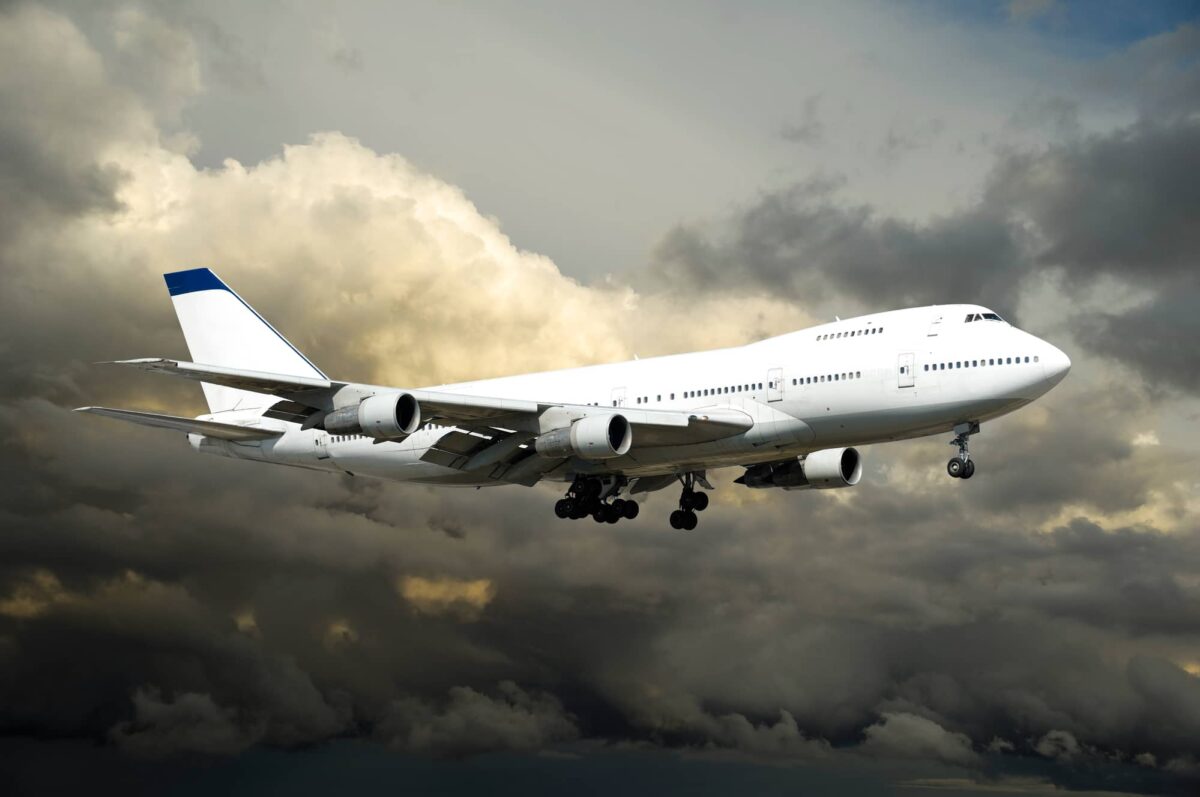
Long-distance passenger and freight transportation is done with the help of commercial airliners.
These aircraft, which fly on important routes between important cities, are often larger than regional airliners.
The Boeing 747, which has a capacity of 660 people, the Airbus A380, which has a capacity of 853 passengers, and the Airbus A320, which has a capacity of 240 passengers, are a few examples of commercial aircraft.
These aircraft are furnished with a range of amenities to provide a relaxing and secure flight. The first commercial passenger flight took place in 1914, and commercial airplanes have a lengthy history.
Since then, they have grown to be an essential component of the world’s transportation system, enabling rapid and effective global transit of both people and cargo.
2. Regional Airliners
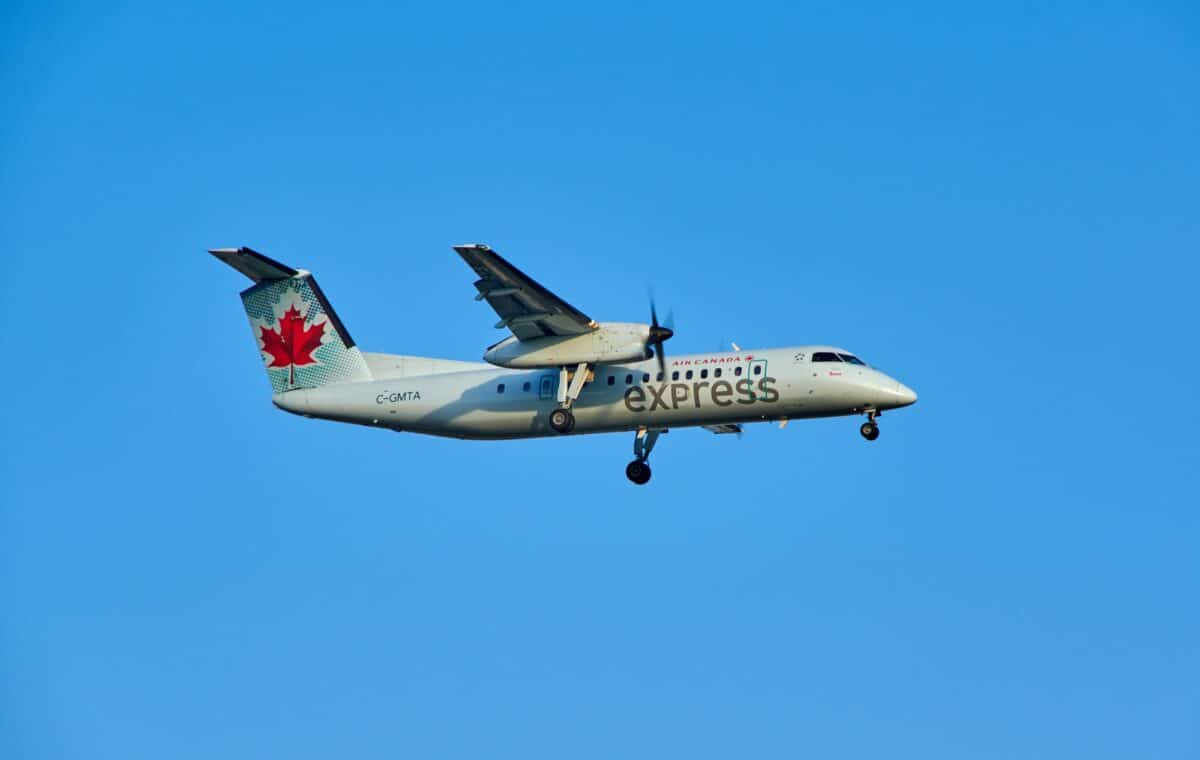
A type of aircraft called a regional airliner is used to carry people and goods over shorter distances, frequently between towns and cities with a lower population.
These aircraft, which operate on routes with reduced passenger demand, are typically smaller than commercial airliners. The Bombardier CRJ700, which has a capacity of 76 passengers, and the Embraer E190, which has a capacity of 114 passengers, are two instances of regional aircraft.
Regional airplanes are crucial for connecting communities and giving residents of more rural or isolated places access to air travel. They are frequently utilized by smaller airlines or as a component of the network of a larger airline to offer connection to a greater variety of destinations.
3. Cargo Planes
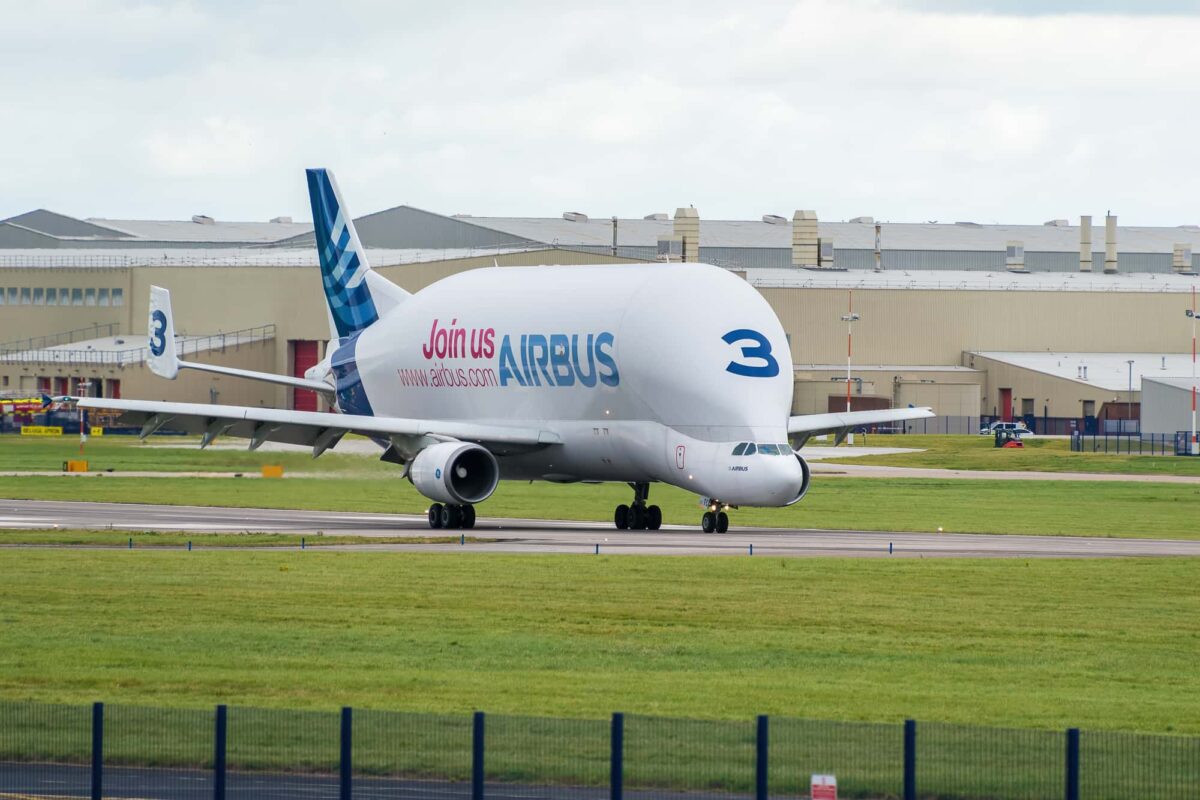
An aircraft type known as a cargo plane is made primarily to transport cargo over great distances, including packages, mail, and freight. A Super Transporter is a type of cargo aircraft designed to transport large, heavy, or oversize items. These aircraft are frequently larger than passenger aircraft and have features like cargo doors, containers, and reinforced flooring that make it easier to transfer cargo.
The Boeing 747-400F, with a maximum payload of up to 124 tons, the Airbus A330-200F, with a maximum payload of up to 63 tons, and the Antonov An-124, with a maximum payload of up to 150 tons, are a few examples of cargo planes.
These aircraft are capable of transporting enormous, heavy objects, including airplane engines, military vehicles, and construction machinery. They are essential to the global supply chain because they make it possible for companies and organizations to ship goods rapidly and effectively throughout the globe.
They enable groups to provide aid and supplies to communities in need, which is crucial in disaster relief and humanitarian initiatives.
Military Aircraft
Aircraft employed by military forces for combat, transportation, and surveillance are known as military aircraft. They can be unmanned drones or planes, and they frequently have the latest hi-tech specialized equipment for specific tasks. They include operational military planes, transport planes, or training planes. Military aircraft play a crucial role in security and defense operations.
4. Military Planes
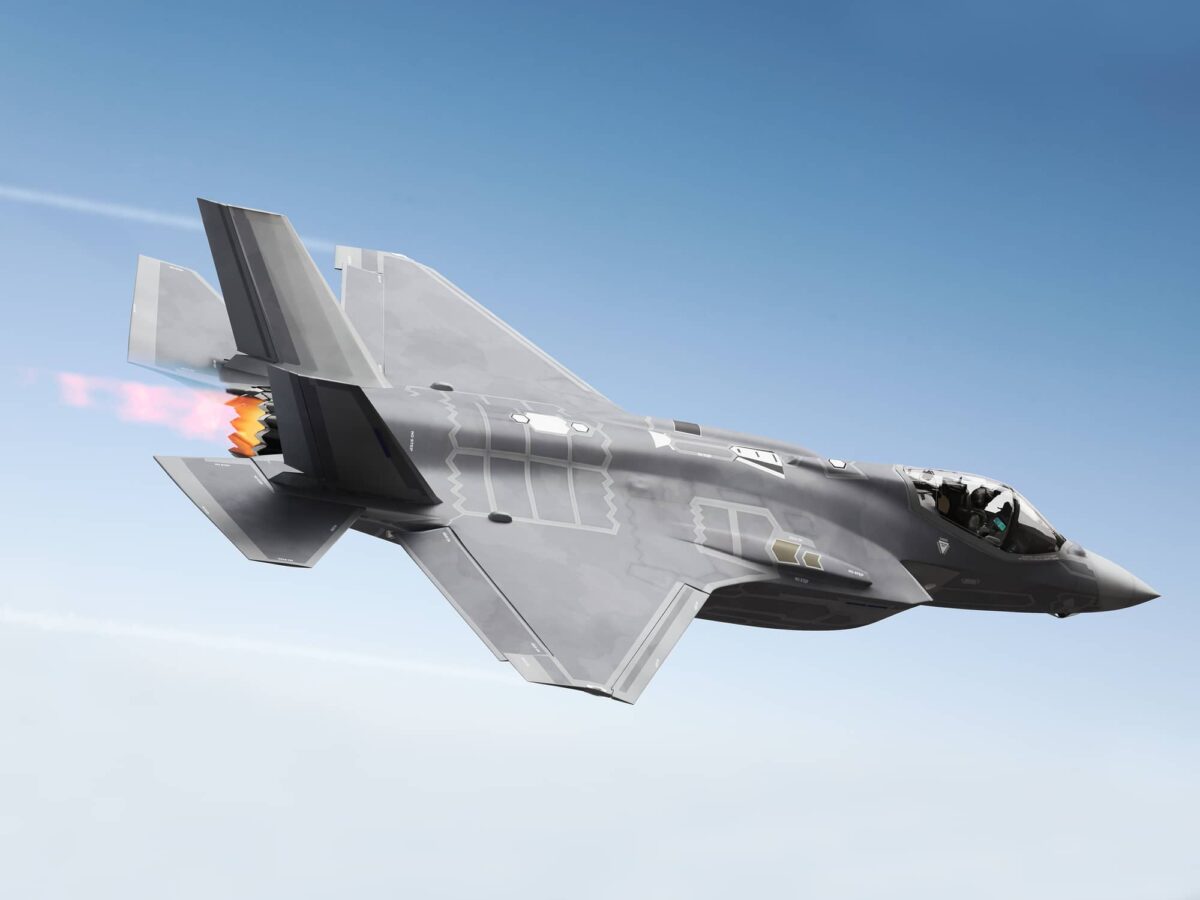
Military forces use military planes for a range of operations, including transport, observation, and warfare. These aircraft are frequently built for high performance, and they are furnished with various armaments and other specialist tools.
Fighter jets like the F-16 Fighting Falcon and the F-35 Lightning II, as well as attack aircraft like the A-10 Thunderbolt II and the Su-25 Frogfoot, are a few examples of military aircraft.
5. Military Transport Planes
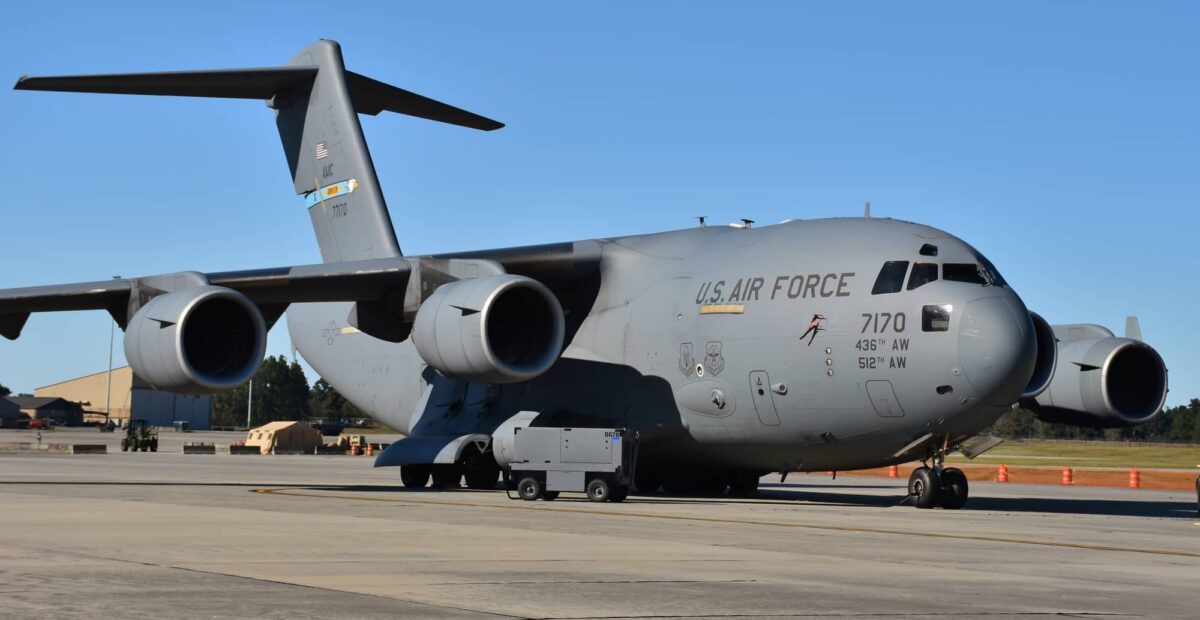
Military transport planes are used to move personnel, supplies, and equipment for the armed forces. These aircraft, which are meant to transport a number of various sorts of cargo, are often larger than military aircraft.
The C-17 Globemaster III, the A400M Atlas, and the C-130 Hercules are a few examples of military transport aircraft.
6. Military Trainers
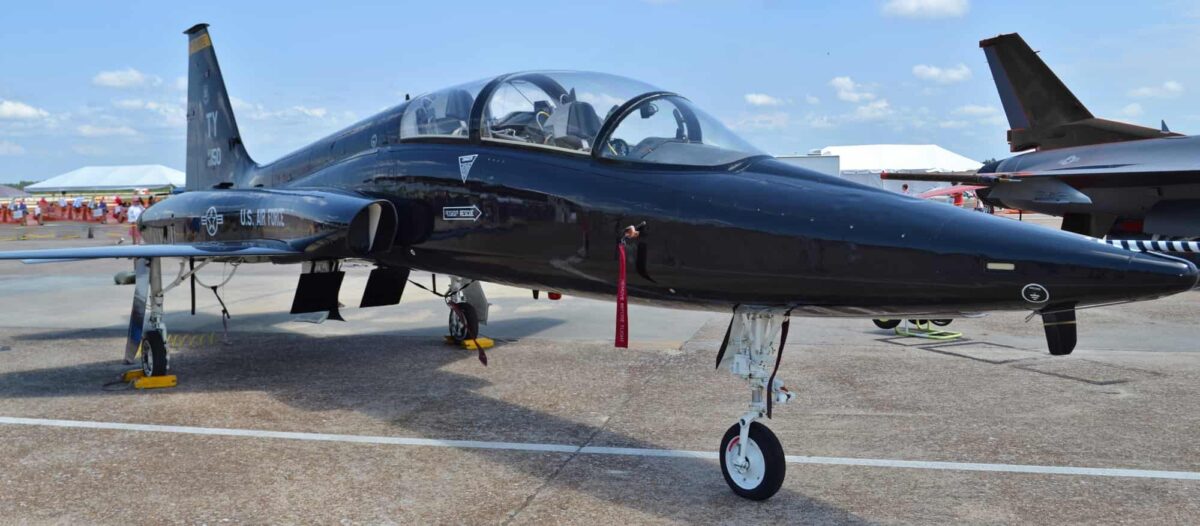
Military personnel are trained in a number of aviation-related skills, including piloting, navigation, and maintenance, using military trainer aircraft.
These aircraft are frequently simpler and smaller than military aircraft, and they are made to be simple to operate and maintain. The M-345 HET, the T-38 Talon, and the T-6 Texan II are a few examples of military trainers.
7. Military Drones (Unmanned)
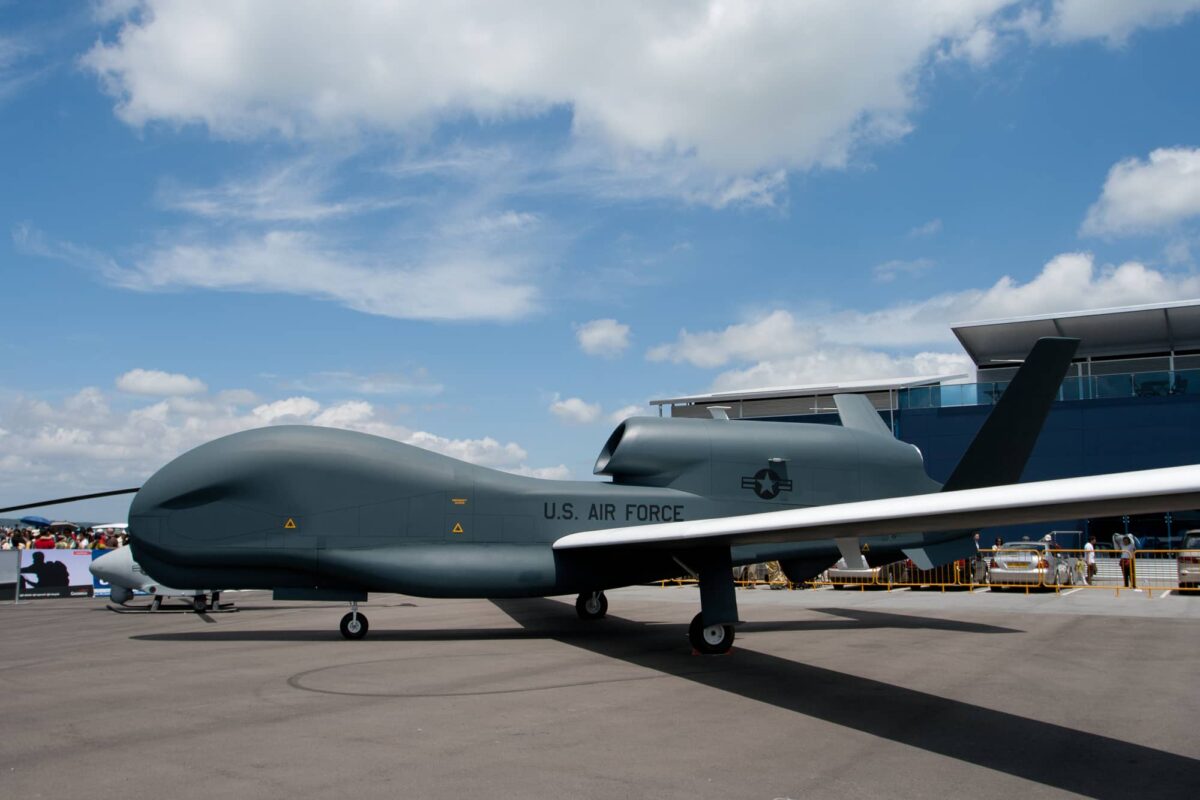
Unmanned aerial vehicles (UAVs), sometimes known as military drones, are aircraft that can be flown remotely or automatically and are employed by military forces for a range of operations, including attack, reconnaissance, and surveillance.
These aircraft are often smaller and less complicated than military aircraft, and they are also pilotless. The RQ-4 Global Hawk, the RQ-11 Raven, and the MQ-9 Reaper are a few examples of military drones.
8. Warbirds / Vintage Planes
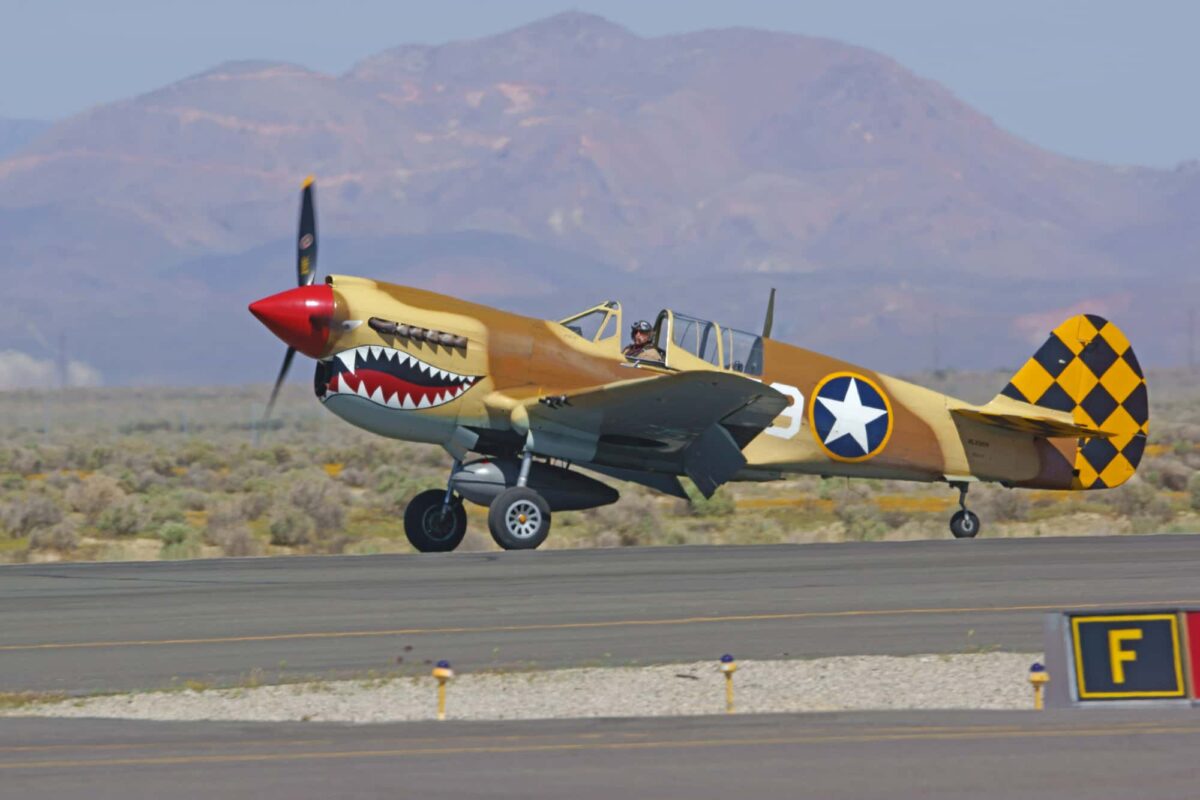
Warbirds are military planes that have been kept and refurbished for exhibition or use in military aviation historical activities despite no longer being in active service.
They’re sometimes known as vintage or classic war planes. These aircraft might be employed for training or research, air exhibitions, or both. The P-51 Mustang, the F4U Corsair, and the B-17 Flying Fortress are a few examples of warbirds.
Warbirds are frequently highly sought by collectors and enthusiasts as they represent a significant period in aviation history.
General Aviation Aircraft
General Aviation (GA) aircraft are utilized for a range of non-commercial activities, including business and personal travel. There are many different types of planes that fall under this category, such as commercial jets, private planes, training planes, agricultural planes, seaplanes (flying boats), aerobatic planes, light-sport aircraft, ultralights, microlights, biplanes, triplanes, monoplanes, gyroplanes, canard planes, hybrid planes, homebuilt (kit planes), and gliders.
GA aircraft are used for a variety of activities and purposes and come in a variety of sizes and designs. They are often used by hobbyist pilots and come in handy for landing/taking off at smaller airfields.
Airline and military pilots often train in GA planes before they progress on to more advanced aircraft.
9. Single-Engine Piston Planes
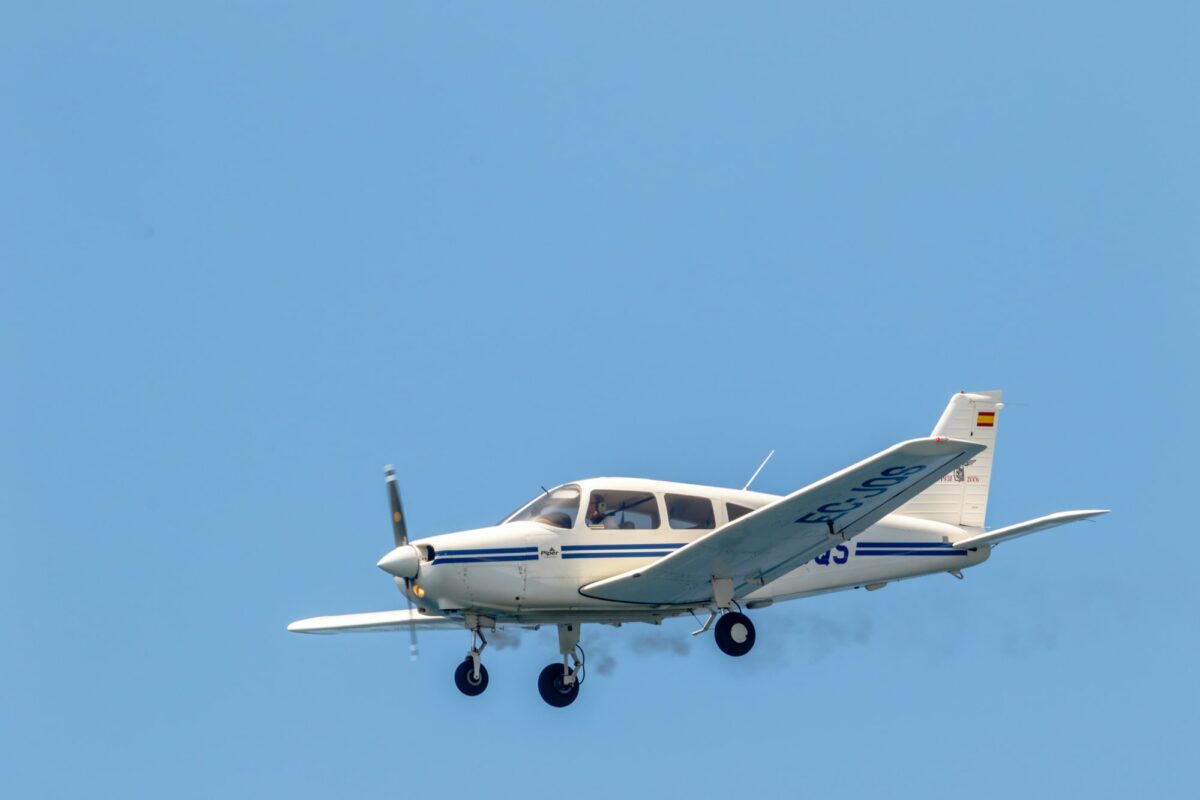
Small, light, and often used for brief flights, single-engine piston aircraft are powered by, you guessed it, a single piston engine. Many private pilots prefer these aircraft because of their simplicity, reliability, and cost.
The Piper PA-28, the Beechcraft Bonanza, and the Cessna 172 are a few popular examples of single-engine piston aircraft. Since the beginning of aviation, single-engine piston aircraft have a long history and have contributed significantly to the growth of the aviation industry.
These aircraft are frequently utilized for many different things, such as flight training, sightseeing, and private travel.
10. Multi-Engine Piston Planes
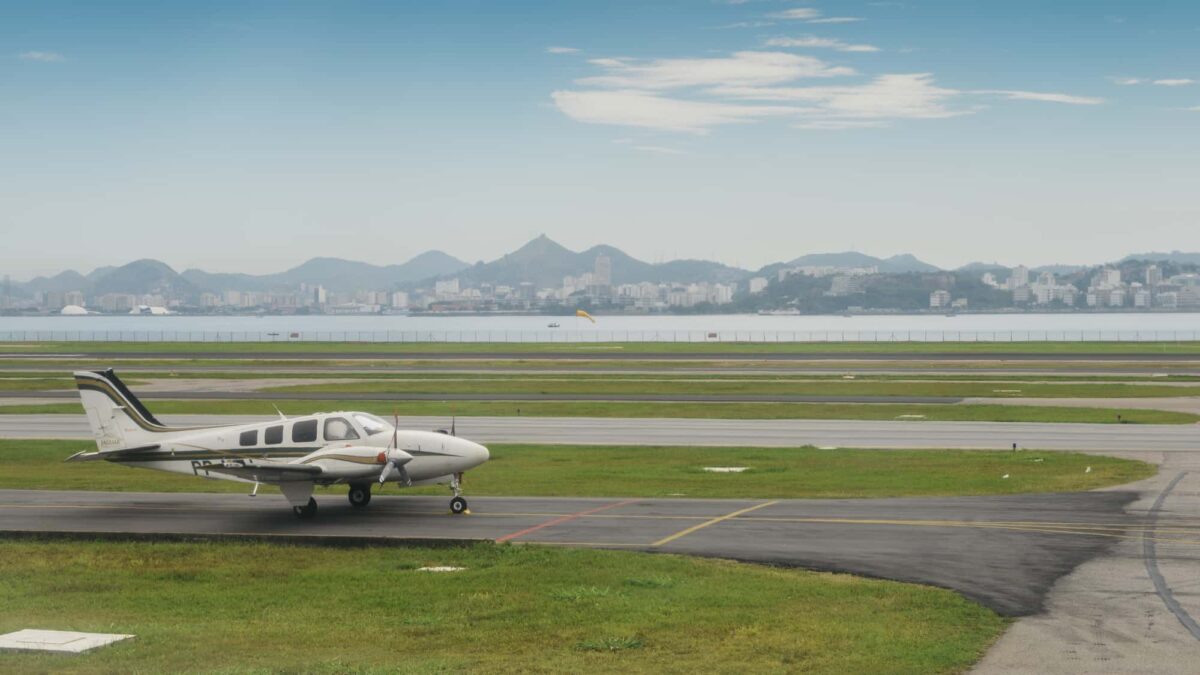
Multi-engine piston aircraft are larger, more complicated to fly and are often used for longer flights. This type of aircraft are well renowned for their dependability, comfort, and adaptability and are sometimes used for smaller cargo operations, business travel, and personal transportation.
The Piper PA-44, Cessna 310, and the Beechcraft Baron are a few examples of multi-engine piston aircraft. These aircraft include numerous advantages, including as roomy interiors, sizable windows, and sophisticated avionics.
Private pilots need to get a special rating to fly multi-engine aircraft.
11. Turboprop Planes
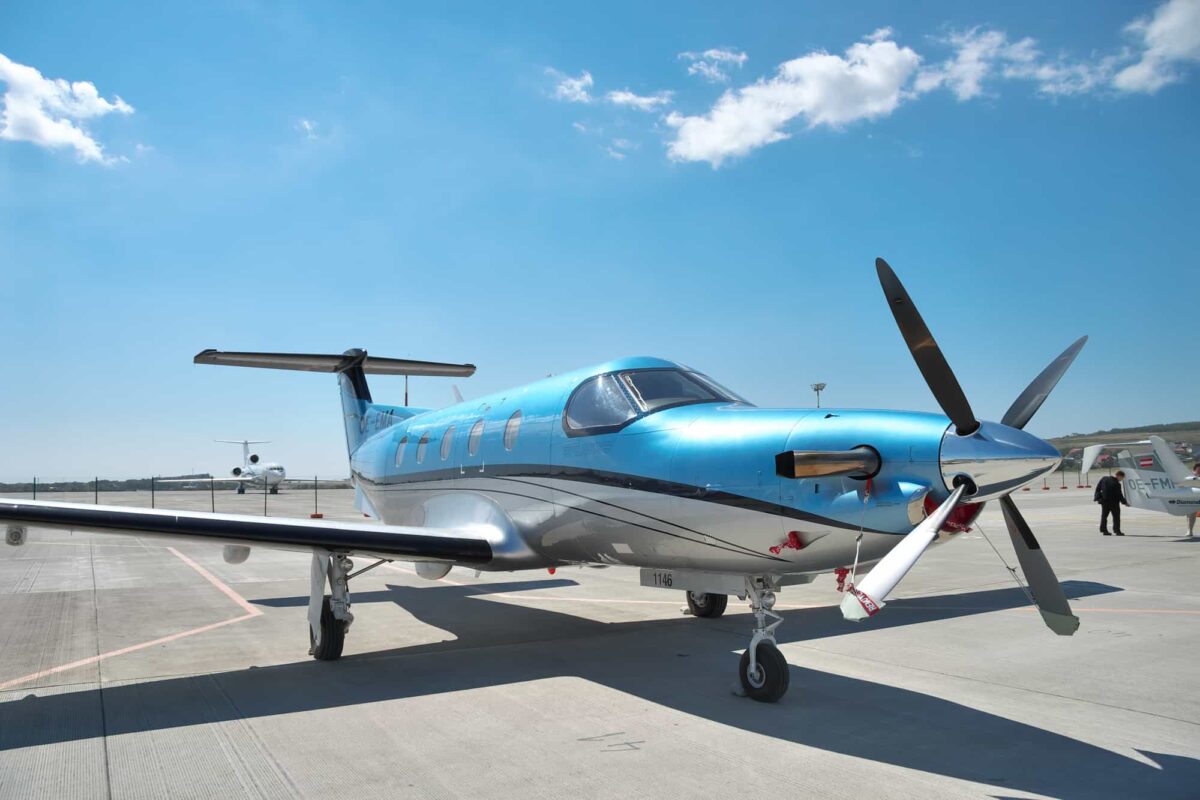
A turboprop plane is an aircraft that is powered by a turbine engine, which drives a propeller to produce thrust. A constant stream of compressed air and fuel, which is burned to produce a high-temperature, high-pressure gas, is used in turbine engines to produce power. Through a sequence of rotating blades, this gas is expanded in order to produce mechanical power.
Turboprop are renowned for their effectiveness and reliability and are frequently employed for medium- to long-distance flights. The Pilatus PC-12, the Beechcraft King Air, and the Cessna Caravan are all examples of turboprop planes.
You might be interested in learning more in my piston vs turboprob planes article.
12. Small Private Jets
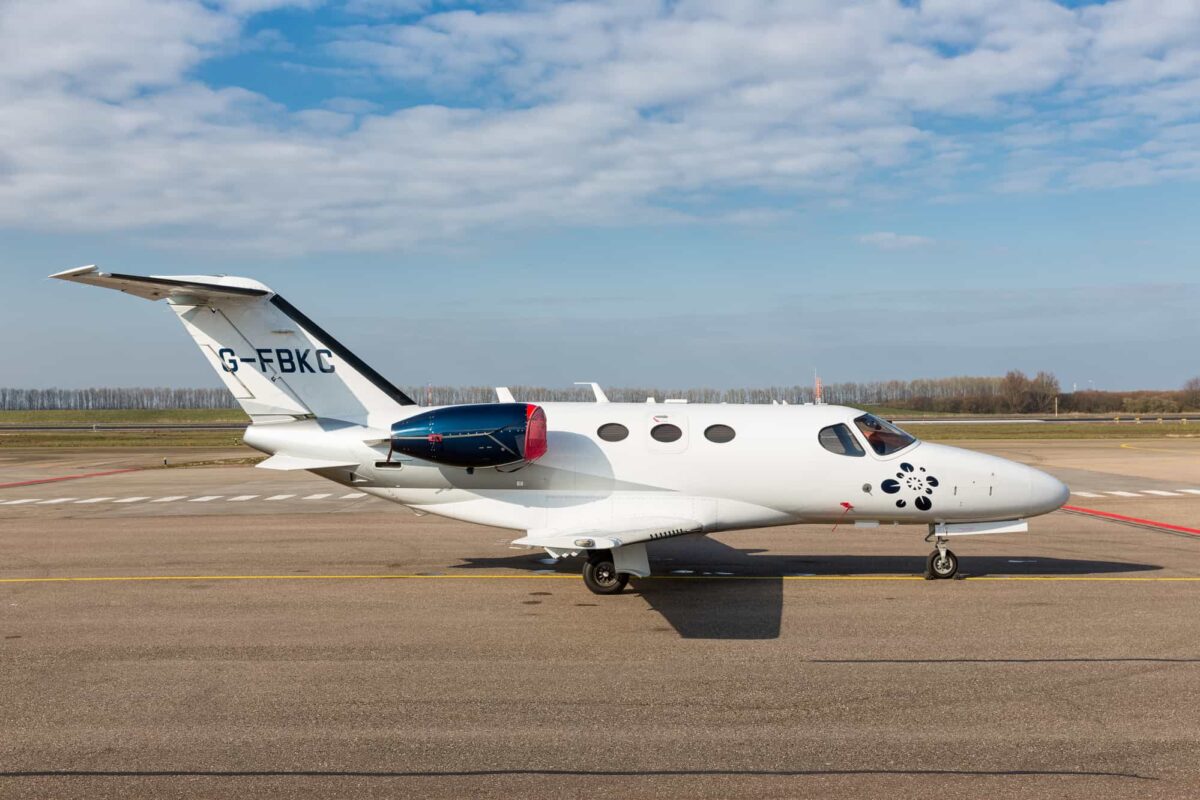
Small private jets are jet-powered aircraft that are frequently utilized for longer flights. These private jets cost more to operate but are faster and more efficient than piston-powered aircraft.
They are frequently used for both personal travel and business travel, including executive travel. The Cessna Citation, the Embraer Phenom 100, and the Hawker Beechcraft Premier are a few examples of small private jets. These aircraft have a number of amenities to provide a convenient and comfortable flight, including as roomy cabins, sizable windows, and cutting-edge avionics.
13. Training Planes
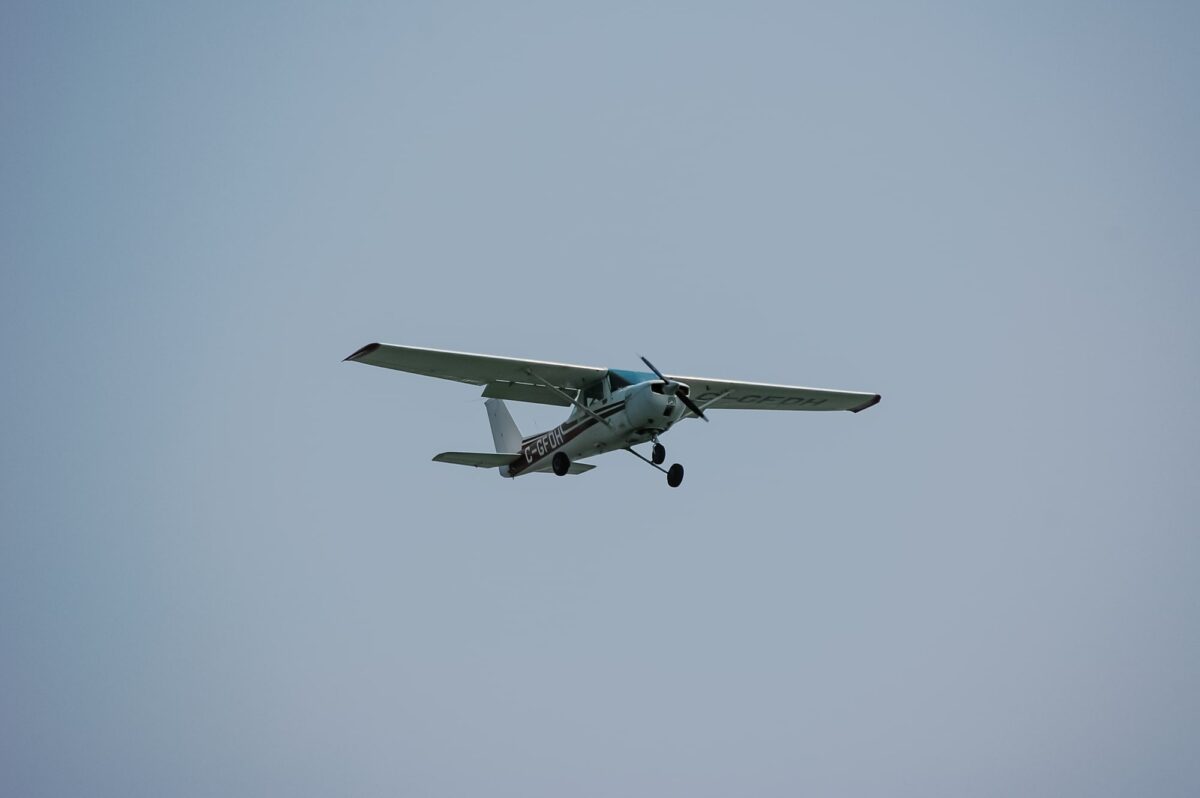
GA aircraft that have been specially outfitted and designed for use in flight instruction, such as pilot certification and aircraft rating training, are known as training planes.
Compared to other GA aircraft, training planes are frequently smaller and simpler, and they come with rudimentary avionics and other training-friendly characteristics.
The Cessna 152, the Piper PA-28, and the Diamond DA40 are a few examples of popular training aircraft. Training aircraft are a crucial tool for prospective pilots and are essential to the aviation sector since they exist to ensure that beginner student pilots receive practical flight experience.
14. Agricultural Planes / Crop Planes
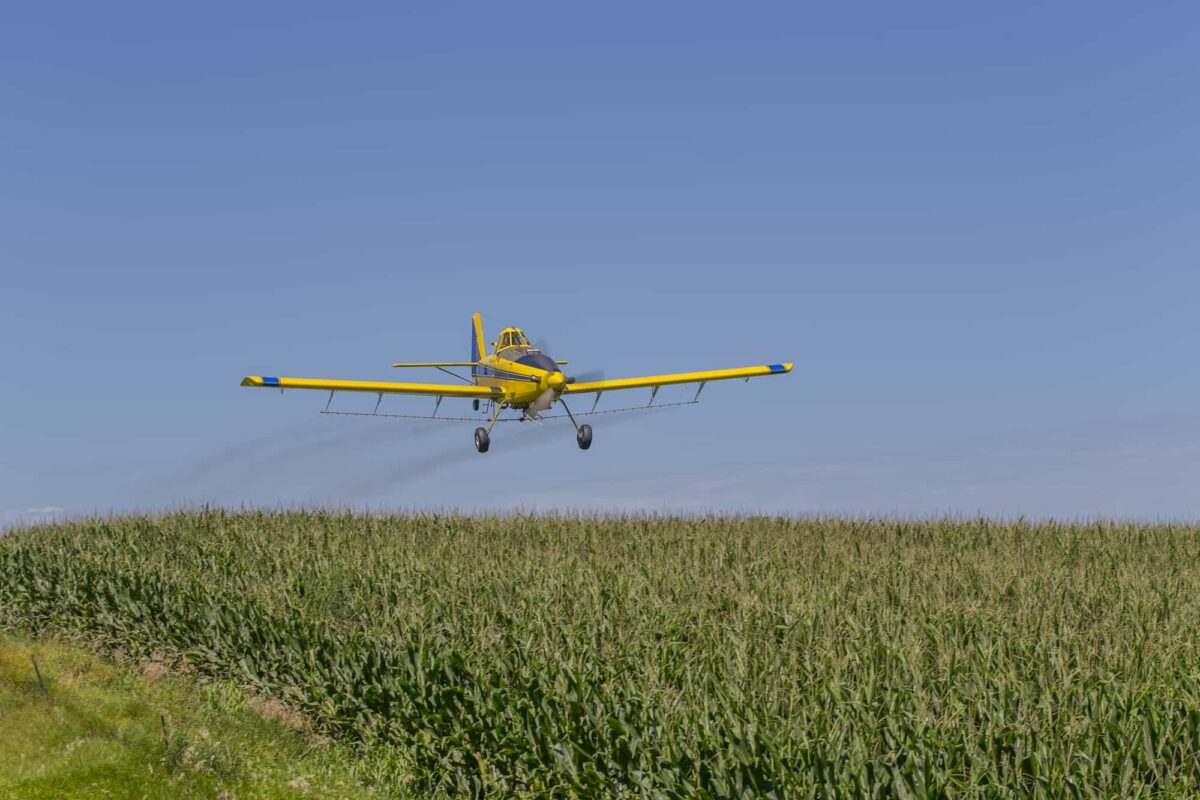
GA aircraft that are used for agricultural tasks like crop dusting and fertilizing are known as agricultural aircraft. These aircraft are made to fly at low altitudes and slowly, and they frequently have specialist equipment like tanks and spray booms.
The Air Tractor AT-502 and the Grumman G-164 Ag Cat are two examples of agricultural aircraft. By assisting with crop protection and productivity enhancement, these aircraft are essential to the agricultural sector.
Check out my article on how much are crop duster planes.
15. Bush Planes
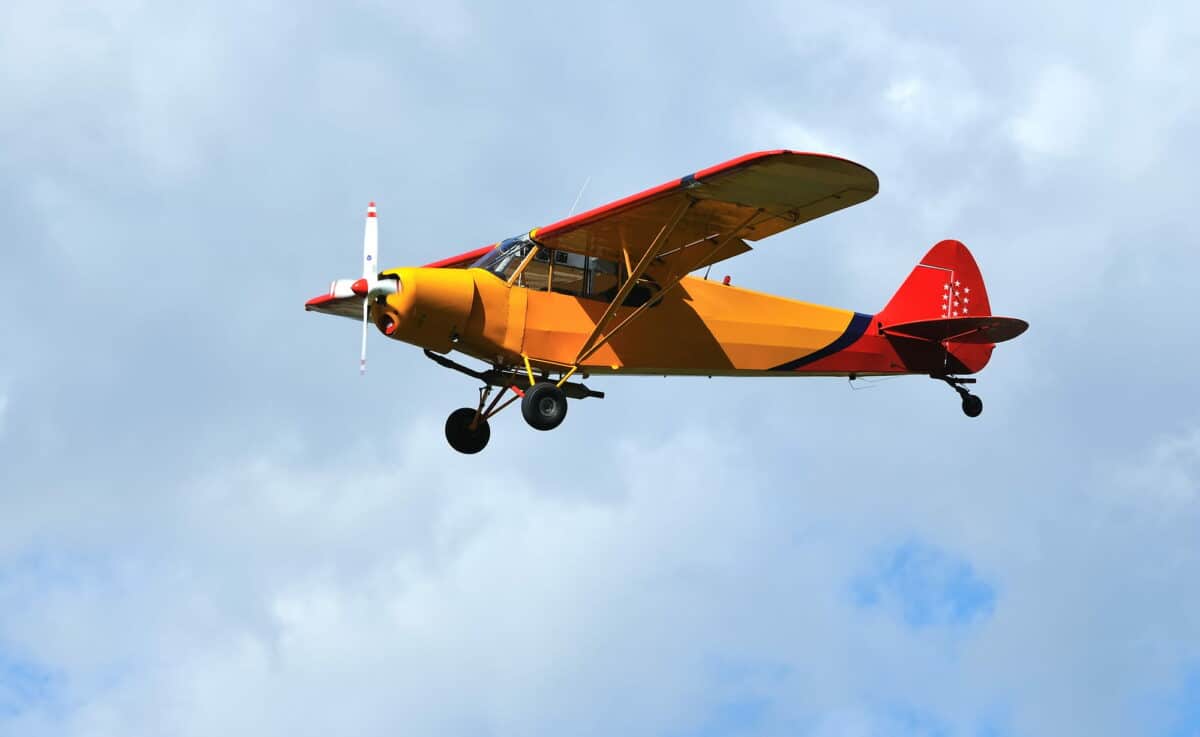
A bush plane is an aircraft designed for remote, rough, and inaccessible places, such as Canada and Alaska. Small, rugged bush planes may land and take off from short, rocky, or unimproved airstrips.
High-wing loading for improved performance on tough terrain, large tires or floats for soft or uneven ground, and powerful engines for altitude or heat. Many bush planes include skis or floats for water or snow.
Bush planes are used for transportation, search & rescue, medical evacuations, and wildlife management.
Popular examples of planes that are converted to bush planes include the Cessna 206, De Havilland Canada DHC-2 Beaver, The Grumman G-21 Goose, and the Piper PA-18 Super Cub.
16. Seaplanes (Flying Boats)
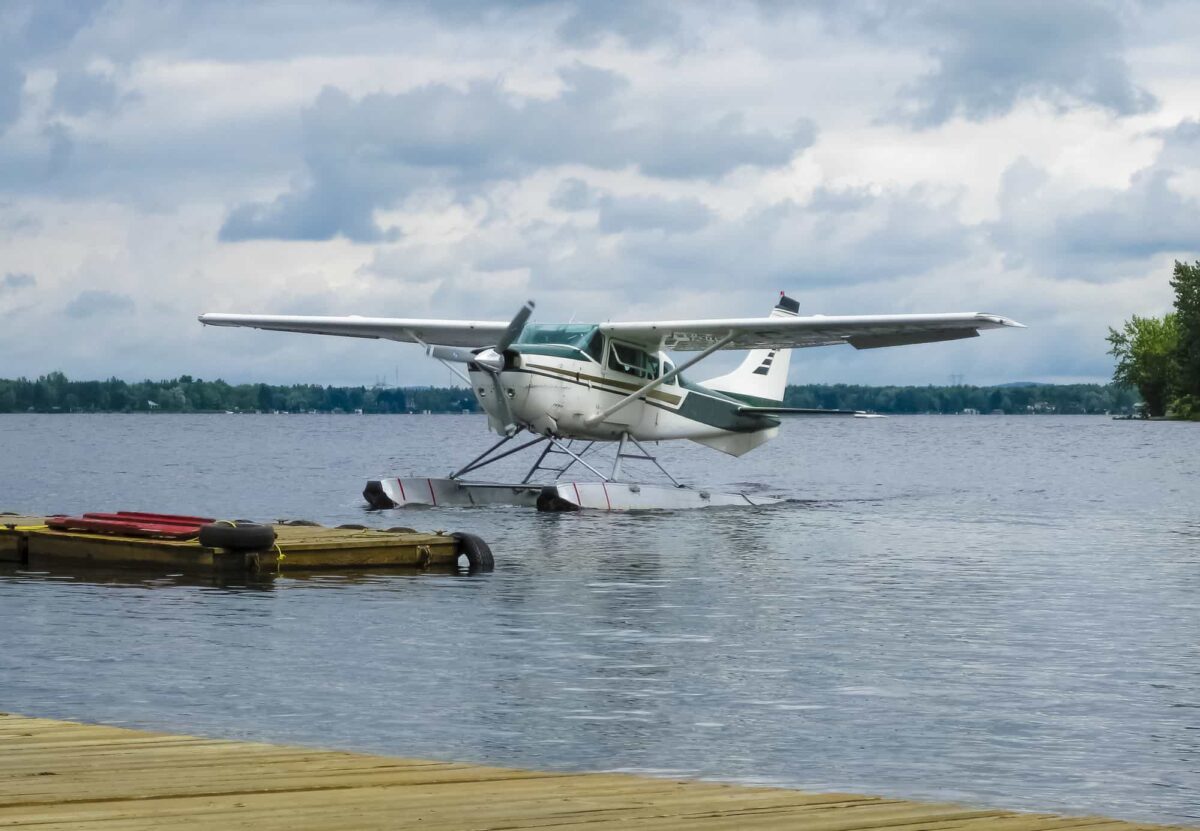
GA planes with the ability to take off and land on water are referred to as seaplanes or flying boats. These aircraft are used when it’s convenient to land or take off from water.
The DHC-2 Beaver and the Grumman G-21 Goose are two examples of seaplanes. These aircraft are a distinctive and adaptable class that offer a practical and effective means of crossing water.
Pilots need a special rating before they can fly a seaplane.
17. Air Racing Planes
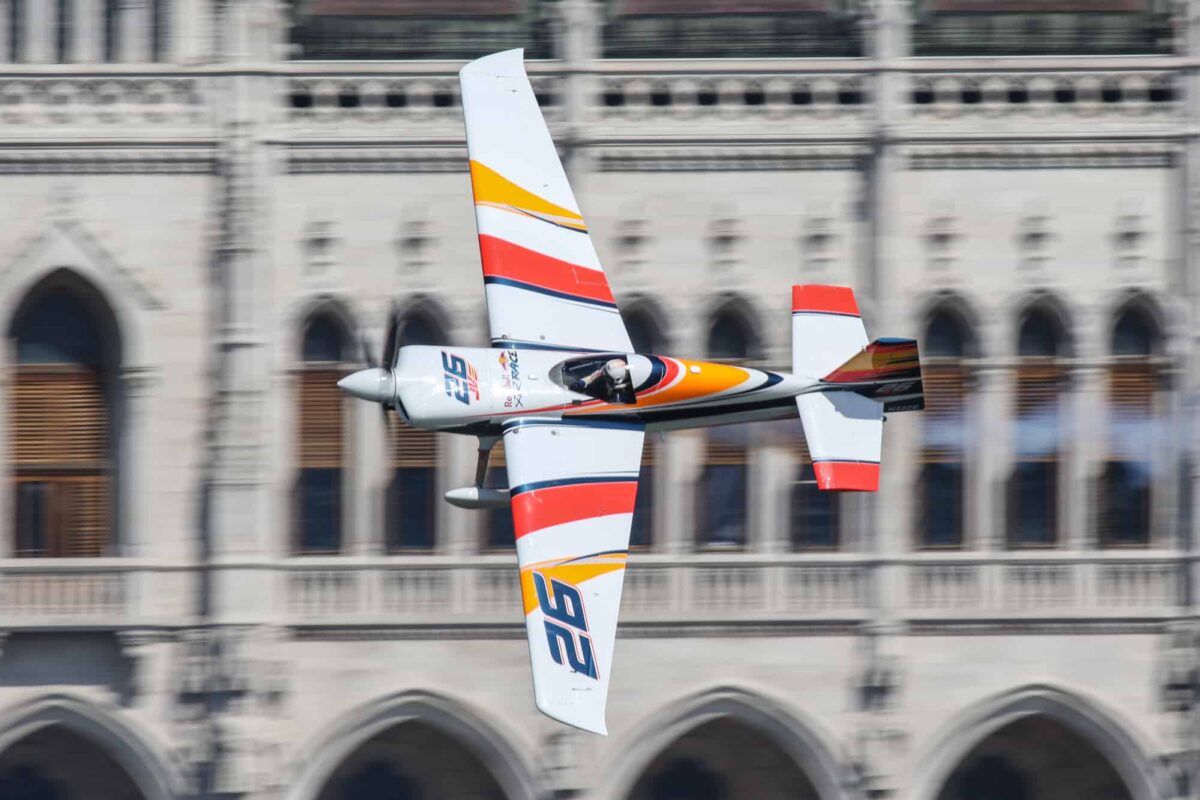
GA aircraft that have been specially outfitted and developed for air racing competitions are known as air racing planes.
These aircraft are frequently quick and nimble and have cutting-edge avionics, highly tuned engines and other characteristics to support swift flying.
The Lancair Legacy and the Formula 1 Racer are two examples of air racers. By giving pilots a thrilling and competitive platform to display their abilities and expertise, air racing aircraft play a key role in the aviation business.
18. Aerobatic Planes
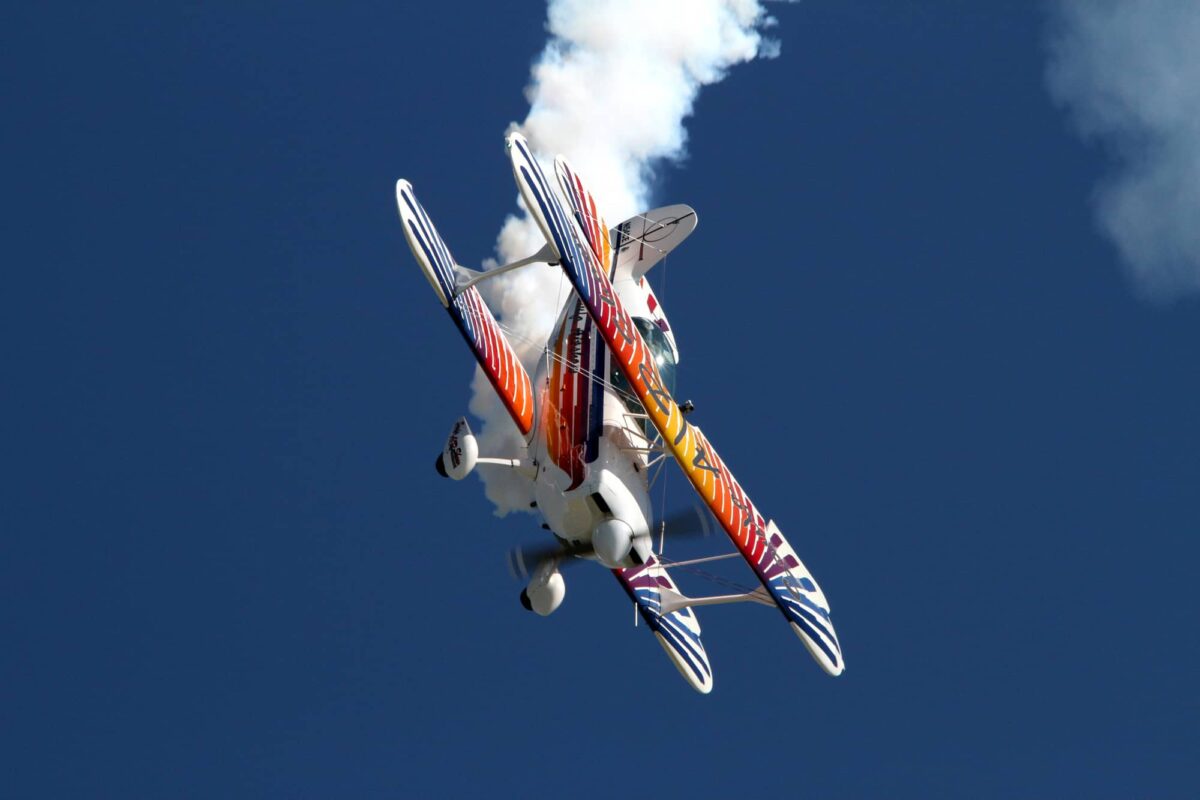
Aerobatic planes are a type of GA aircraft that are built and outfitted for doing aerial tricks including rolls, loops, and spins. These aircraft are frequently compact and maneuverable, and they come with cutting-edge avionics and other amenities to support high-performance flight.
The Extra 300 and the Pitts Special are two examples of aerobatic aircraft. Pilots need special advanced certification before they can fly aerobatic aircraft. They’re frequently used in airshows and other public demonstrations.
19. Light-Sport Aircraft
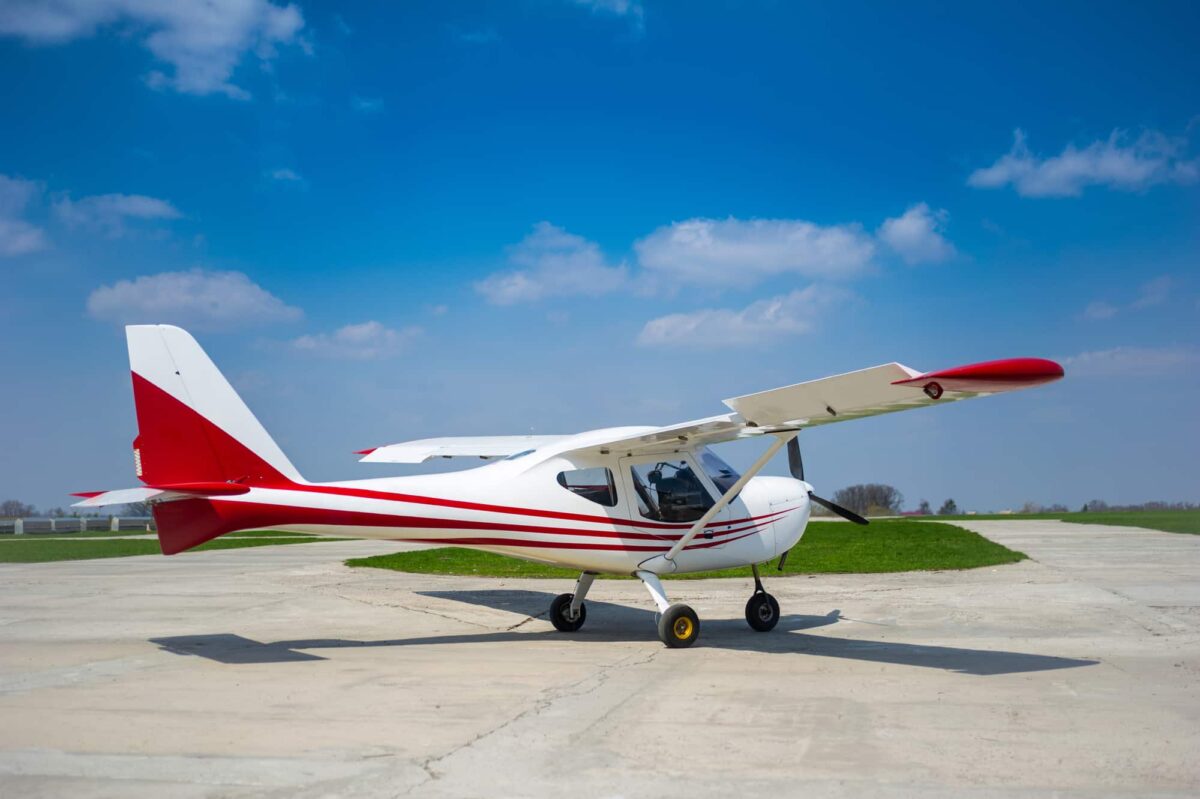
Light-Sport Aircraft (LSA) are light, single-engine planes designed for recreation. LSA are smaller and simpler than regular GA aircraft and are used by private pilots or flying schools.
LSA are governed by the FAA’s rules and regulations in the U.S. LSA aircraft must meet specific standards, including:
- 1,320 pounds or less for takeoff
- 59 mph (94 km/h) or less stall speed
- Fixed landing gear
- Max airspeed of 120 knots
- Single, reciprocating engine
- Fixed-pitch or ground-adjustable prop
- Two or fewer seats
The Aero AT-3 and the Cessna 162 Skycatcher are two examples of LSAs.
20. Ultralights
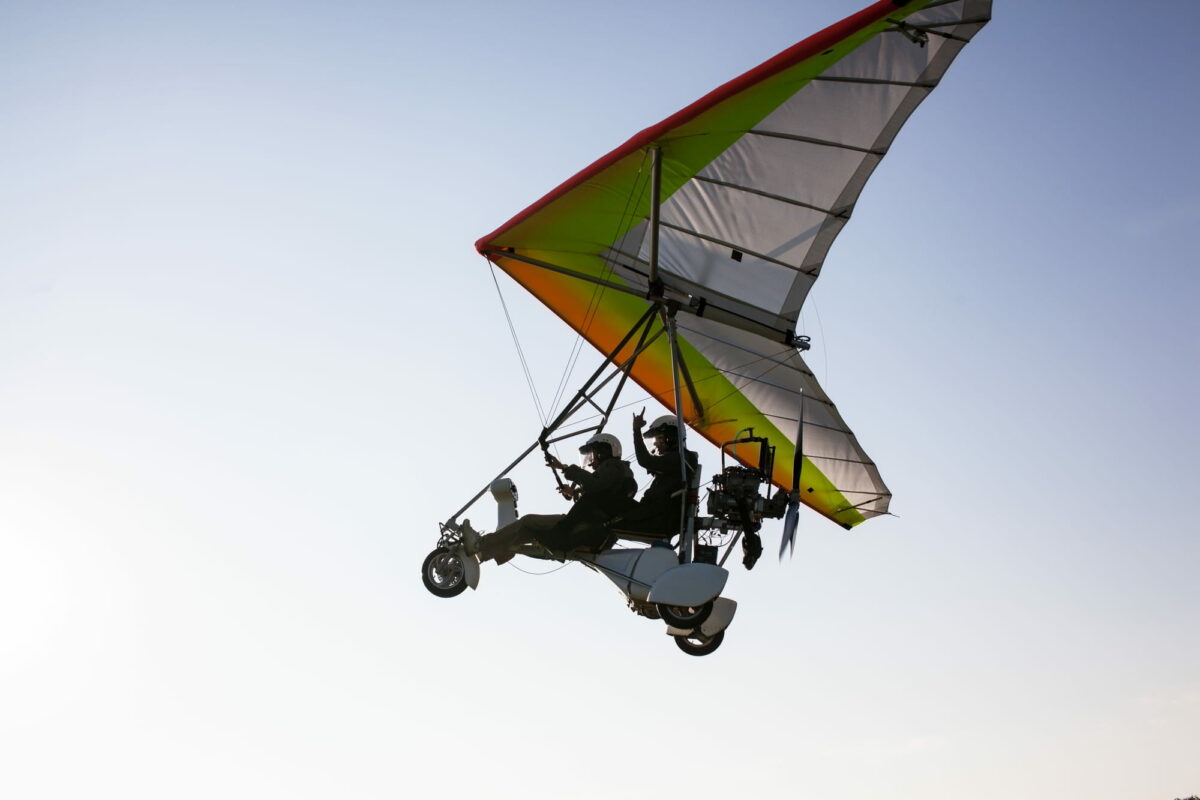
Ultralights are lightweight, leisure aircraft often flown by private pilots. Ultralights are regulated by the FAA in the U.S. Ultralight aircraft must meet specific requirements, including:
- Maximum takeoff weight for motorized ultralights is 254 pounds (115 kg) or 155 pounds (70 kg).
- Single- or double-seat planes
- 55 knots (63 mph or 102 km/h)
- Fixed landing gear
Powered, unpowered, and experimental ultralights exist. Unpowered ultralights are flown like gliders. Ultralights are used for pleasure, training, and transportation. They’re popular among pilots looking for a small, lightweight aircraft for leisure or sport flying due to its simplicity, affordability, and ease of operation.
The Quicksilver MX is an example of an ultralight aircraft.
21. Microlights
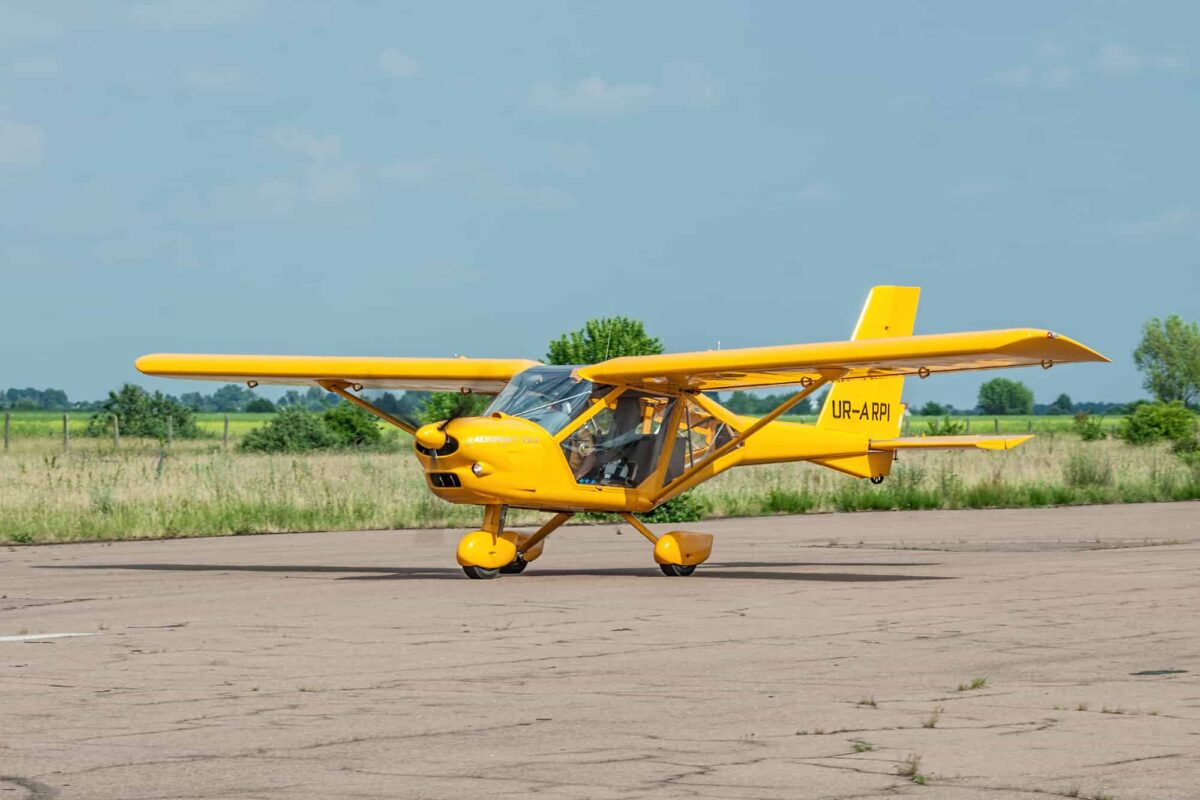
Microlights are small, lightweight aircraft used for recreational or sport flight. The FAA defines and regulates microlights in the U.S. Microlights must meet certain characteristics, including:
- 1,320 pounds or less for takeoff
- 59 mph (94 km/h) or less stall speed
- Fixed gear
- 120 knots (138 mph or 222 km/h) cruising
- One-stroke engine
- Fixed-pitch or ground-adjustable
- Two-seater
Microlights include airplanes, gliders, gyroplanes, and weight-shift aircraft. Microlights are easy and economical to operate and are used for recreation, flight training, and personal transportation.
Microlights are popular among pilots looking for a small, simple, and economical aircraft for recreational or sport flying. The Ikarus C42 and the Aeroprakt A-22 are a couple of examples of microlights.
22. Biplanes
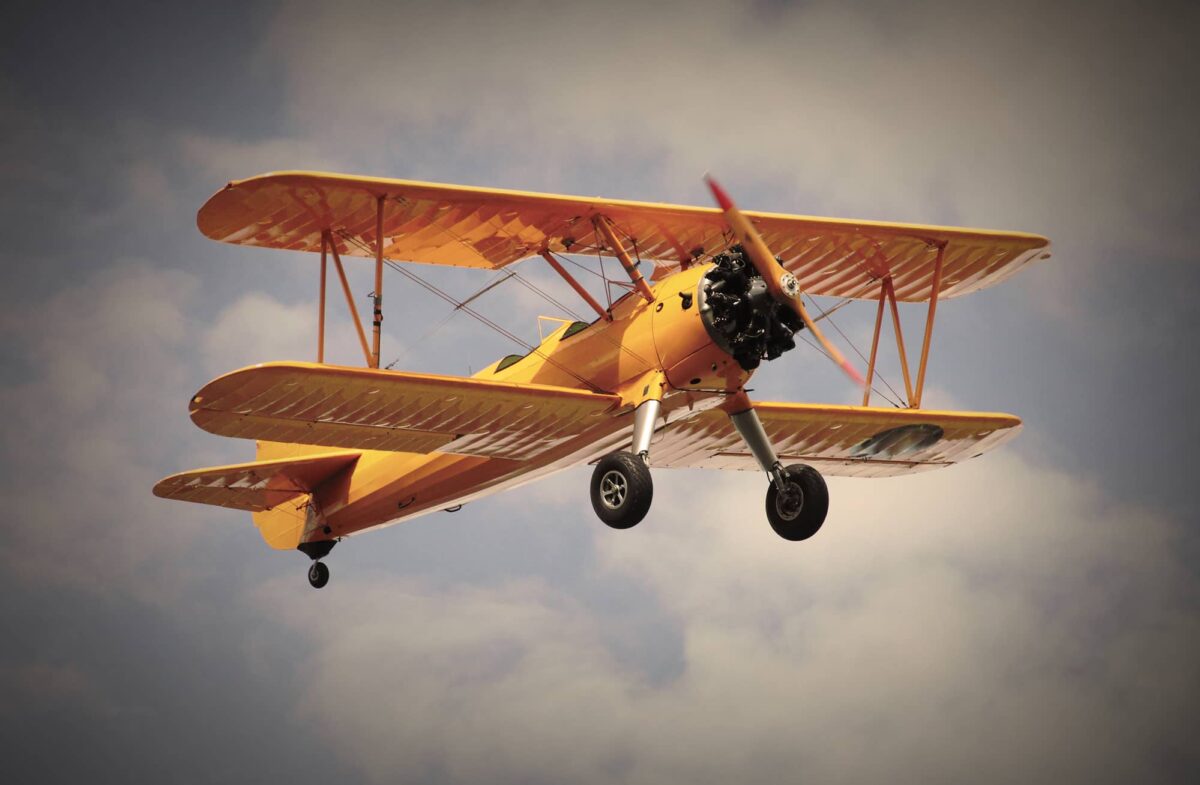
GA aircraft known as biplanes, are distinguished by having two primary wings that are stacked one atop the other. Bi-planes were popular during the First and Second World War. They were renowned for their agility.
The Curtiss JN-4 “Jenny”, de Havilland DH.82 Tiger Moth, Fokker D.VII and the Nieuport 17 are popular examples of biplanes. These aircraft are a well-known and recognizable class that have contributed significantly to the development of aviation.
23. Triplanes
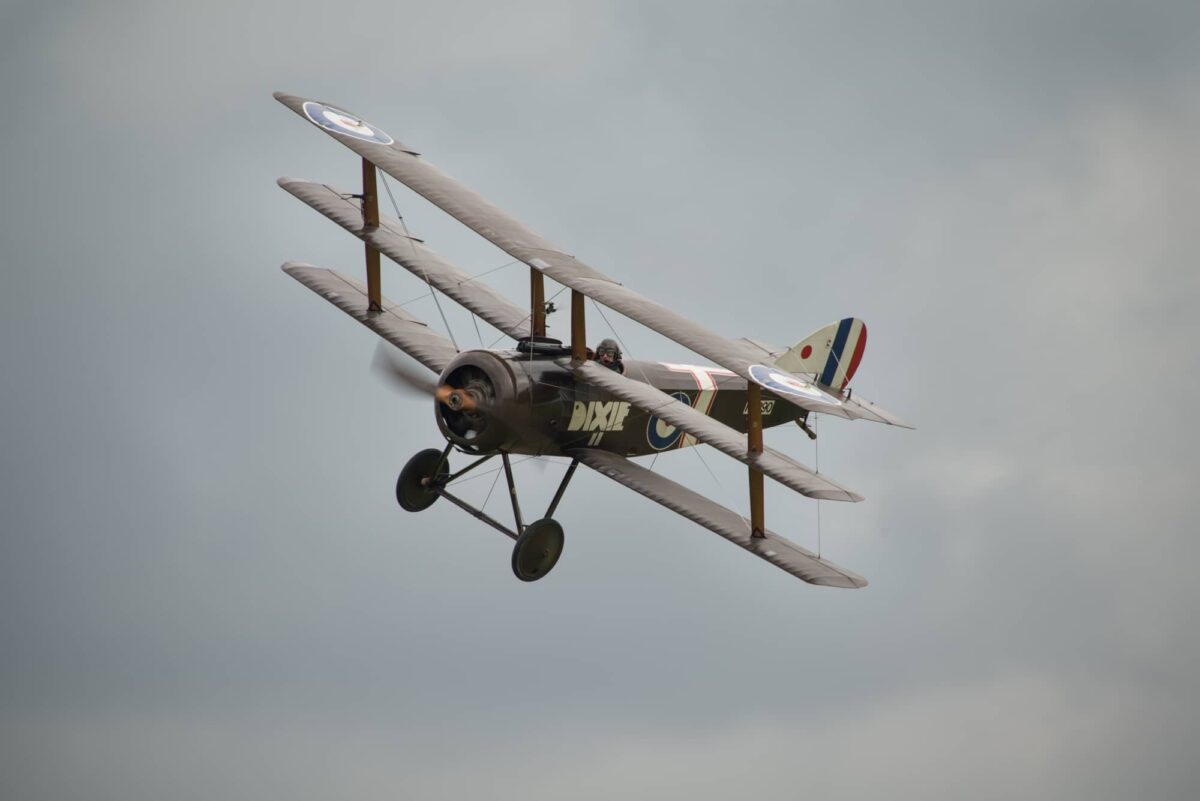
Triplanes have three wings stacked on top of each other. Because of their speed and agility, they were commonly used as fighters.
Examples of triplanes include the Fokker Dr.I as flown by The Red Baron, the Sopwith Triplane and the Nieuport Triplane. Triplanes are an important part of early aviation history.
24. Monoplanes
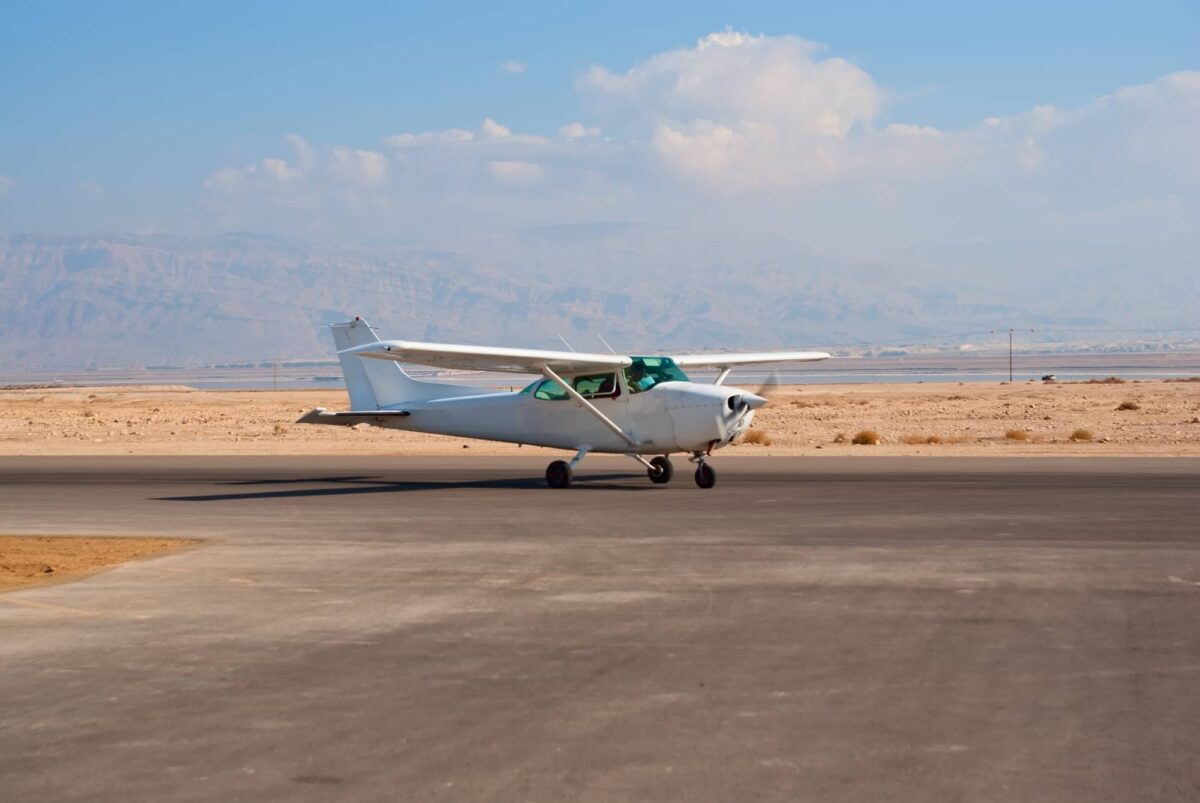
GA aircraft known as monoplanes are distinguished by having a single main wing. These aircraft, which are renowned for their efficiency and speed, are often bigger and more complicated than biplanes and triplanes.
The wing on a monoplane can be a high-wing (over the fuselage) or low-wing (underneath the fuselage).
The Piper PA-28 and the Cessna 172 are two examples of monoplanes. Monoplanes are often used for a wide range of tasks, such as transporting goods, business trips, and personal travel. These aircraft are a popular and adaptable class that have significantly contributed to the aviation sector.
25. Gyroplanes
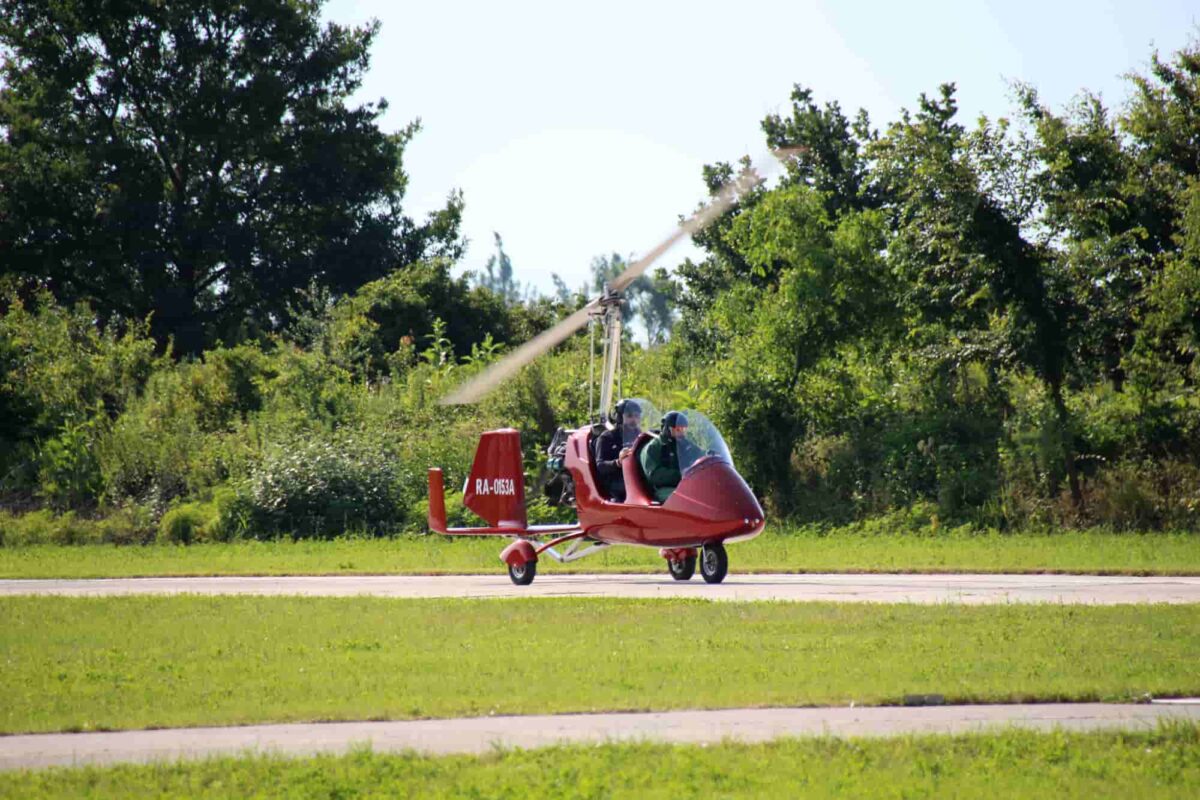
Gyroplanes, commonly referred to as gyrocopters or autogyros, are general aviation planes with a single main rotor that is propelled by the movement of the aircraft through the air. I was unsure whether to include this here because it doesn’t have a main fixed wing. However, it might look like a helicopter, but it flies more like a plane so I’ve included it anyway.
These aircraft are renowned for their simplicity and ease of use, and are frequently compact and light. Gyroplanes include devices like the AutoGyro Cavalon and the Magni M-16.
26. Canard Planes
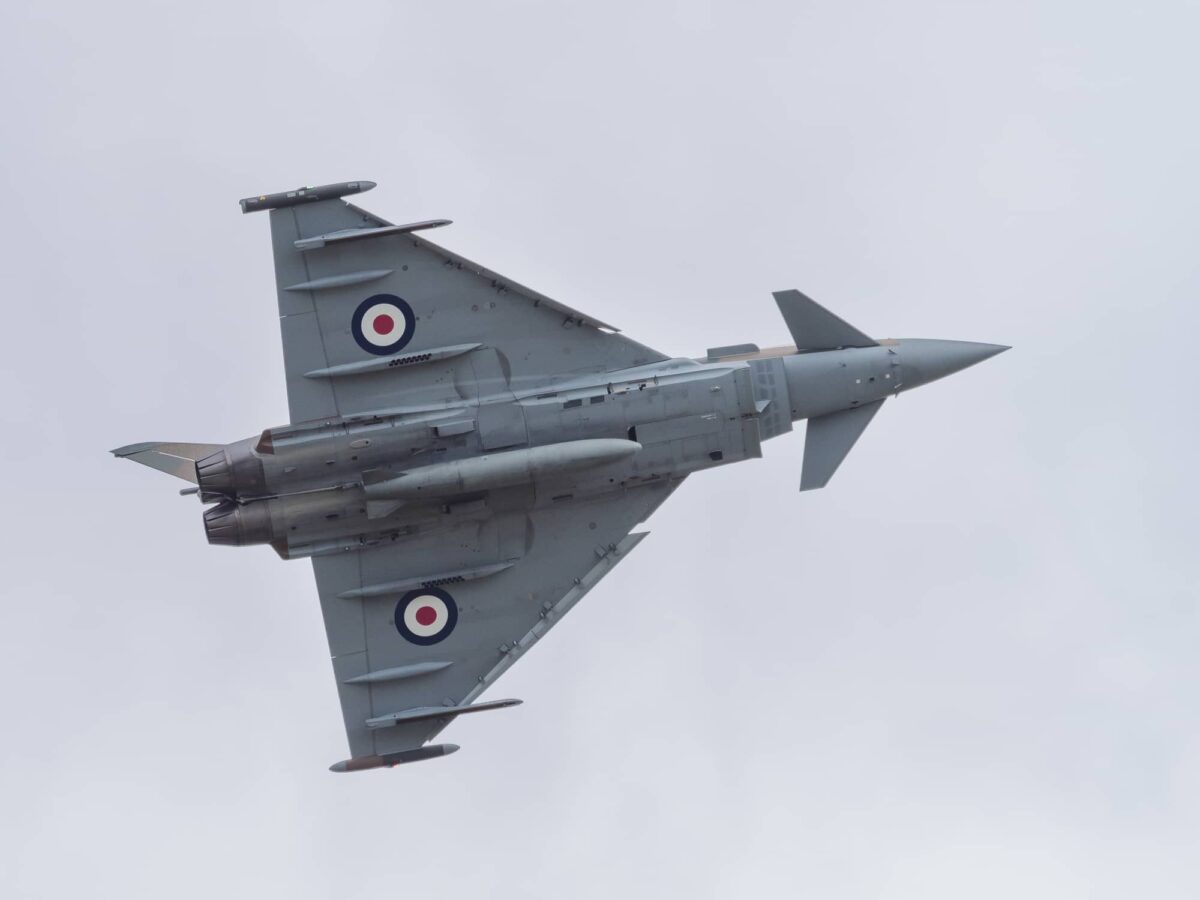
Canard planes are distinctive looking-planes that have little wings in front of the main wing. This is a “canard” layout, as opposed to a “tailplane” form in which the main wing is at the back and the tailplane is at the front.
Canard planes are noted for their agility and performance. The Piaggio P.180 Avanti and the Burt Rutan Long-EZ are canard planes.
Some people think that Canards are better than tailplanes. It enables a shorter, more streamlined fuselage, improving performance and reducing drag. It also balances the aircraft’s weight, making it more stable and easier to steer. Canards can create drag at high speeds and require careful design to be stable and controllable.
27. Electric Planes
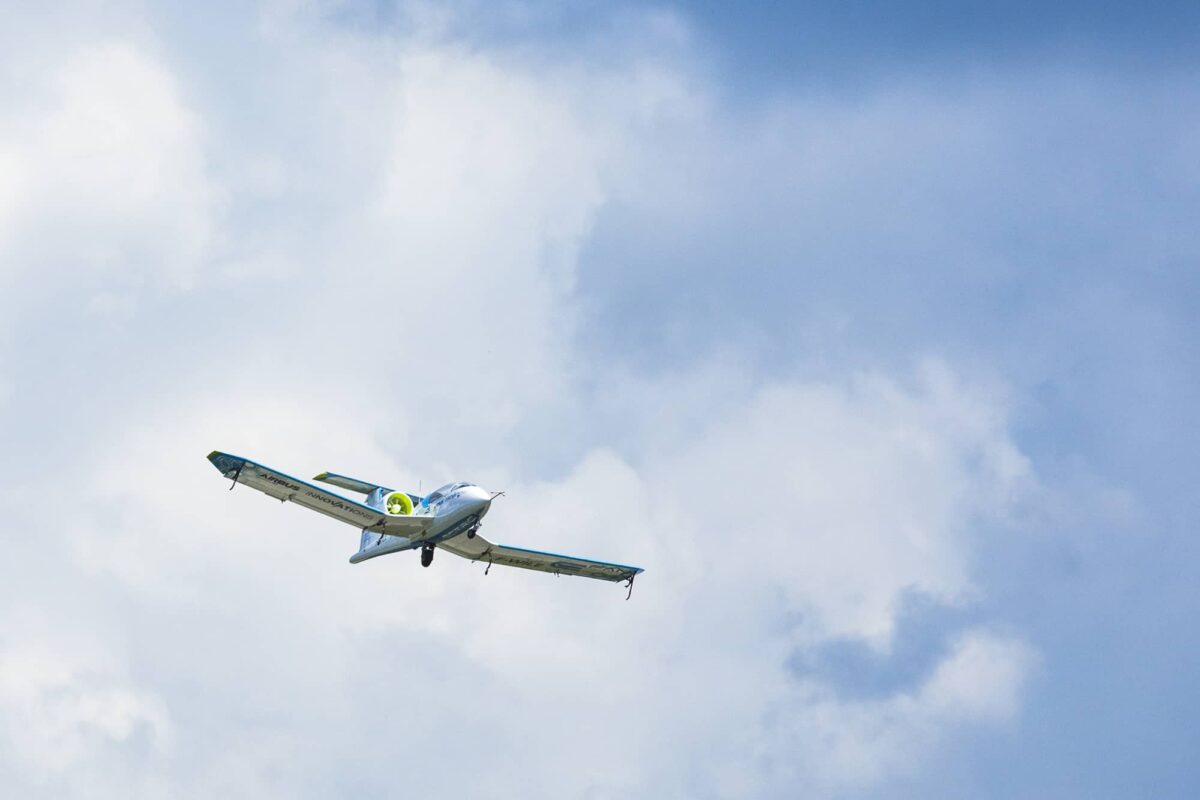
An electric plane is a type of aircraft that runs on electricity instead of fossil fuels like jet fuel or gasoline. Electric planes have electric motors that are powered by batteries that are charged by electricity from the power grid or by generators on board.
The Cessna SkyCourier is a small, twin-engine plane that was made by Textron Aviation. It is an example of an electric plane. The SkyCourier is made to move people and goods around a region. It can fly up to 500 miles on a single charge.
The Airbus E-Fan is another type of electric plane. It is a small, single-engine plane that was made by Airbus. The E-Fan is made for short trips, and a single charge lets it fly for up to an hour.
Electric planes are used for many things, such as regional air travel, air taxi services, and pilot training. They are better than traditional planes in many ways, like making less noise, being cheaper to run, and putting out less pollution.
28. Hybrid Planes
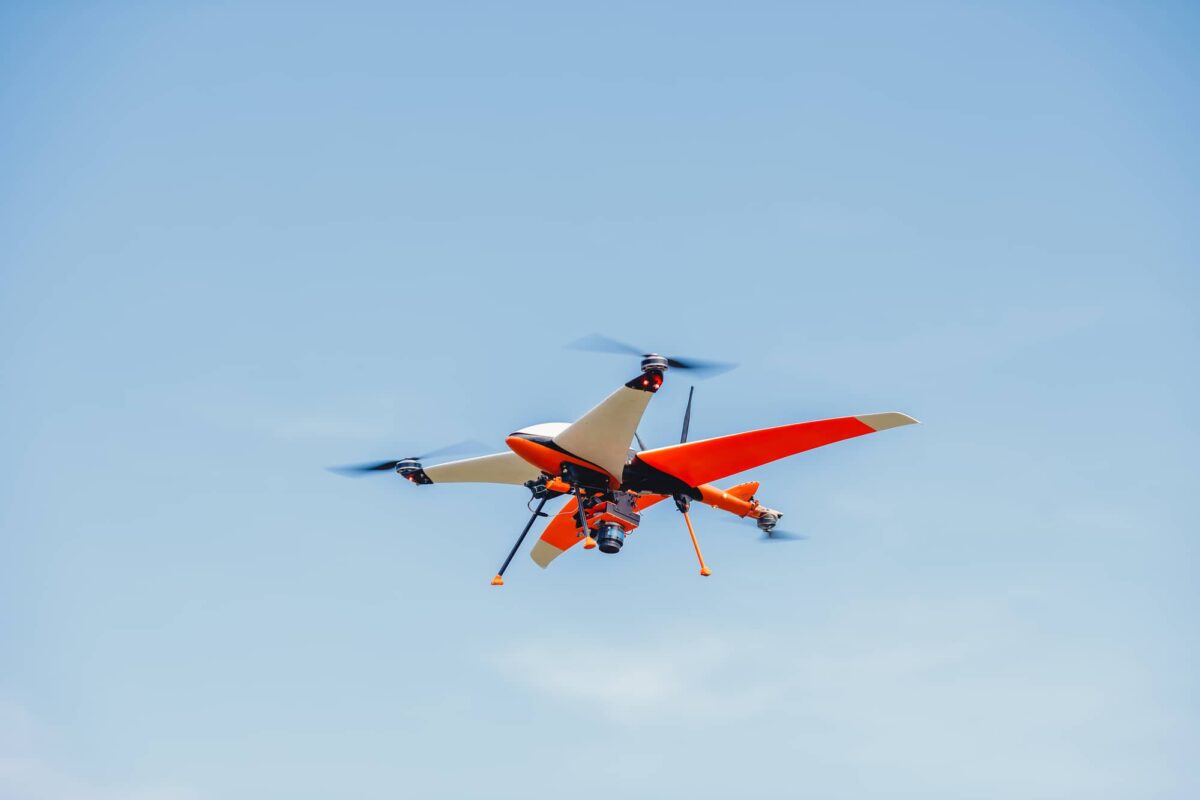
A hybrid plane is an airplane that uses both electricity and fossil fuels to get around. Most hybrid planes have one or more electric motors that are powered by batteries and one or more internal combustion engines that run on fossil fuels like gasoline or jet fuel.
The Pipistrel Alpha Electro is a small, single-engine plane that was made by Pipistrel. It is an example of a hybrid plane. The gasoline engine in the Alpha Electro powers a generator, which in turn charges the batteries in the plane. The batteries can then be used to power the electric motor of the plane for short amounts of time, like when taking off or landing.
The Airbus-EADS E-Thrust is another type of hybrid plane. It is a prototype plane that was made by Airbus and EADS. The jet engine in the E-Thrust powers a generator, which in turn charges the batteries in the plane. The batteries can then be used to power the electric motor of the plane for short amounts of time, like when taking off or landing.
Hybrid planes are used for many different things, such as regional air travel, air taxis, and pilot training. They are better than traditional planes in many ways, like making less noise, being cheaper to run, and putting out less pollution.
29. Homebuilt (Kit Planes)

Homebuilt planes, also called “kit planes,” are planes that are made by individuals or small groups of people instead of by big companies that make planes. Most of the time, these planes are built from kits or plans that can be bought from a number of places, such as aircraft manufacturers, aviation supply companies, and online marketplaces.
The Van’s Aircraft RV-7 is a small, single-engine plane that was made by Van’s Aircraft. It is an example of a homebuilt kit plane. The RV-7 is a popular choice for home plane builders because it is easy to put together and can be changed to fit the builder’s needs.
Another example is the Zenith CH 750 is a small, single-engine plane that was made by Zenith Aircraft Company. The CH 750 is a popular choice for homebuilders because it is easy to put together and has a large cabin where a pilot and several passengers can sit.
Planes that are built from scratch or from a kit are used for many things, including flying for fun. They are cheaper than traditional planes and can be changed to fit the needs of the builder. Building your own plane also gives you a sense of accomplishment.
30. Gliders
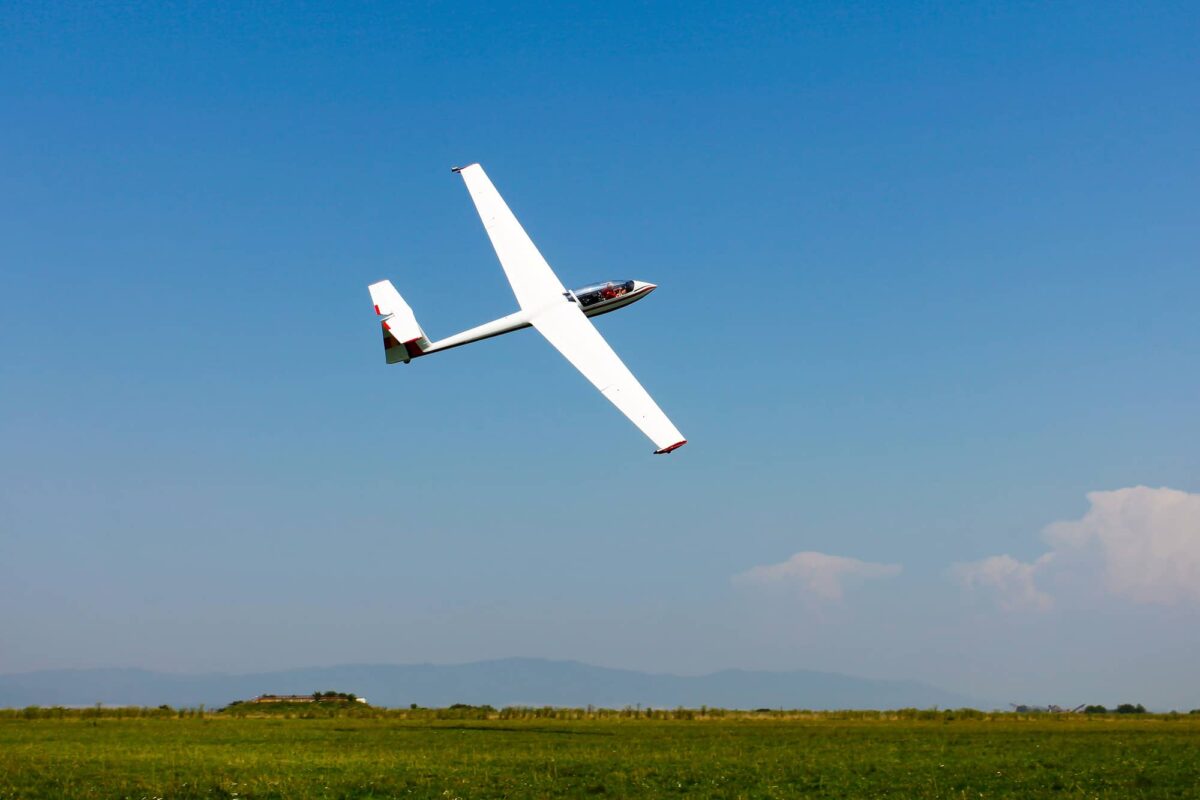
A glider is a type of airplane that is made to fly without a motor. It stays in the air because the shape of its wings creates natural lift. Most of the time, a powered airplane pulls a glider into the air, or a winch or a vehicle with a long cable is used to launch the glider.
Gliders can stay in the air for a long time by using rising air currents, like thermals or ridge lift, to power their flight. Gliders sometimes have small motors, called sailplanes, that can be used to help the aircraft take off or fly farther.
The Schleicher ASK 21 is an example of a glider. It is a mid-sized, two-seat glider that is often used for training and flying for fun. The ASK 21 has wings that are more than 50 feet long and can go as fast as 160 mph.
The Schempp-Hirth Nimbus 4 is another example of a glider. It is a high-performance glider that is used for cross-country flying and competitions. The wingspan of the Nimbus 4 is more than 60 feet, and it can go up to 180 mph.
Gliders are used for many different things, like flying for fun, teaching pilots how to fly, and racing. They offer a unique and exciting way to fly, and they are quieter and better for the environment than powered aircraft.
31. Hang Gliders
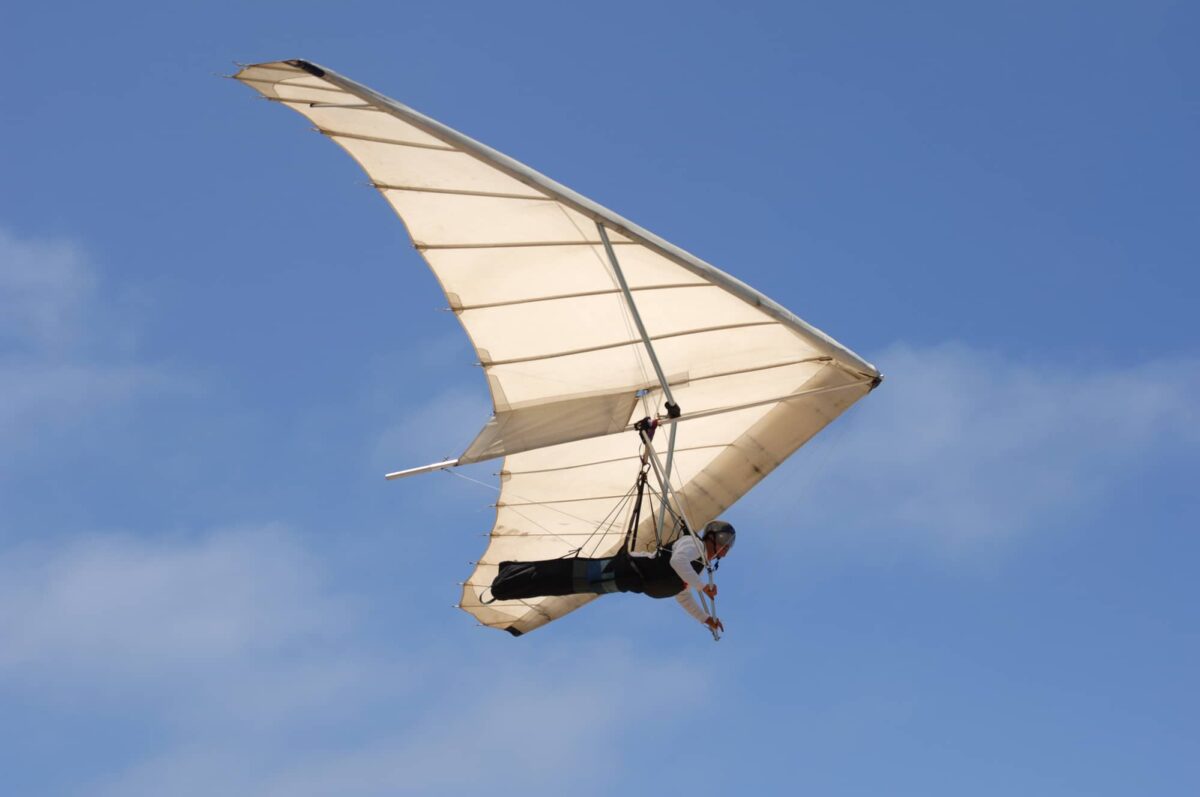
A hang glider is a type of plane that is made to fly without a motor. It stays in the air because the shape of its wings creates natural lift. Most of the time, hang gliders are launched by running down a slope, using a winch, or a vehicle with a long cable attached to it.
Hang gliders are usually smaller and lighter than other types of planes, and they are made so that only one person can fly them. They have a light frame that is covered with fabric and a control bar that the pilot uses to move the glider.
The Wills Wing T2C is an example of a hang glider. It is a mid-sized hang glider that is often used for training and flying for fun. The T2C has wings that are more than 35 feet long and can go as fast as 45 mph.
The Moyes Litespeed RX is another type of hang glider. It is a high-performance hang glider that is used for cross-country flying and competitions. The Litespeed RX has wings that are more than 40 feet long and can go as fast as 55 mph.
Hang gliders are used for many different things, like flying for fun, training pilots, and flying in competitions. They offer a unique and exciting way to fly, and they are quieter and better for the environment than powered aircraft.
Specialized Aircraft
Specialized aircraft are the catch-all category that cover all other types of fixed-wing planes. They’re usually built for a specific mission or purpose for things like patient transport, research, search-and-rescue missions, and firefighting. They usually contain specialized equipment that you won’t find on other plane types.
32. Firefighting Planes
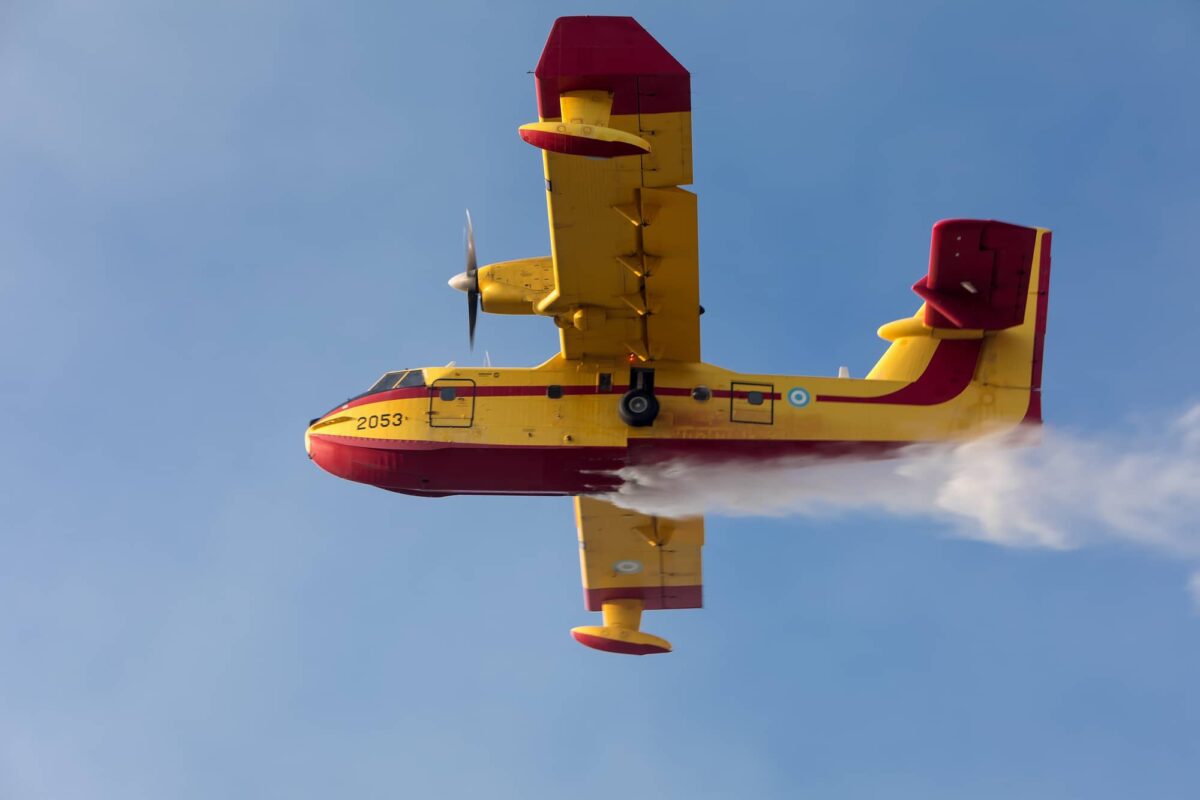
Aerial firefighting planes are planes that help put out and keep wildfires under control. Most of the time, these planes have special equipment on them, like tanks that hold water or fire retardant and pumps that send the water or retardant to the fire.
The Lockheed Martin P-3 Orion is an example of an aerial firefighting plane. It is a big, four-engine turboprop plane that was first made for the military. The P-3 Orion has been changed so that it can be used to fight fires from the air. It has a big tank that can hold up to 3,000 gallons of water or a fire-fighting chemical.
The Bombardier CL-415 is another type of plane used to fight fires from the air. It is a big, amphibious plane that was made to fight fires from the air. The CL-415 has a retractable water scoop that lets it get water from lakes, rivers, and other bodies of water and fill its tanks. This makes it a good choice for use in remote areas.
Wildfires can start in many different places, such as forests, grasslands, and cities. Firefighting planes are used to help put out and control these fires. They have several advantages over ground-based firefighting, such as being able to reach fires that are hard to get to on the ground, delivering large amounts of water or retardant to the fire, and being able to respond quickly to the fire’s changing needs.
33. Search and Rescue Planes
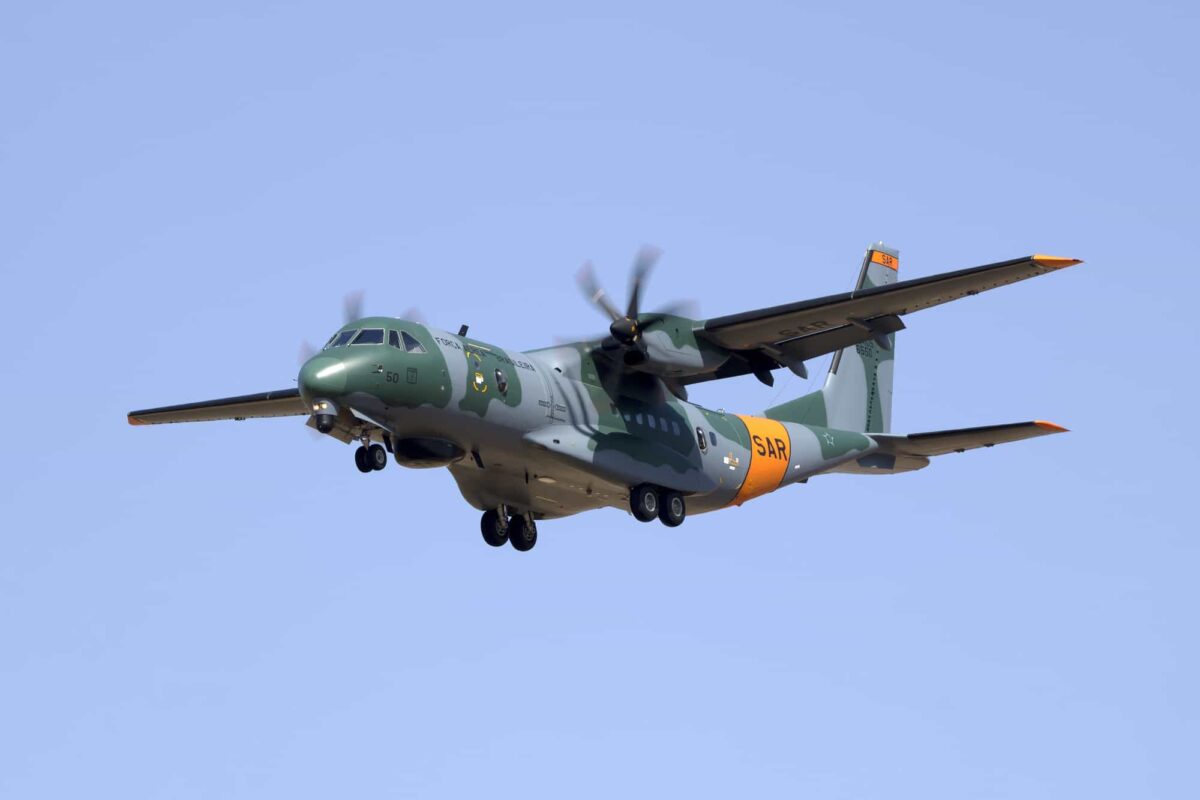
Search and rescue planes are used to find and help people who are lost, hurt, or otherwise in trouble. Most of the time, these planes have special tools like searchlights, radar, and communication systems that help them find and help people in need.
The Lockheed Martin C-130 Hercules is an example of a search and rescue plane. It is a big, four-engine turboprop plane that is often used by both the military and civilians for search and rescue missions. The C-130 Hercules has a number of specialized systems, such as radar, infrared cameras, and a hoist for lifting people from the ground.
The Bombardier CL-415 is another example of a search-and-rescue plane. It is a large, amphibious plane that is made for use in search-and-rescue operations. The CL-415 has a retractable water scoop that lets it get water from lakes, rivers, and other bodies of water and fill its tanks. This makes it a good choice for use in remote areas.
Search and rescue planes are used to find and help people in places like forests, mountains, and bodies of water. They have several advantages over ground-based search and rescue efforts, such as being able to reach people in remote or hard-to-reach places, giving medical care and other help to people in need, and being able to respond quickly to changes in the rescue mission’s needs.
34. Research Planes
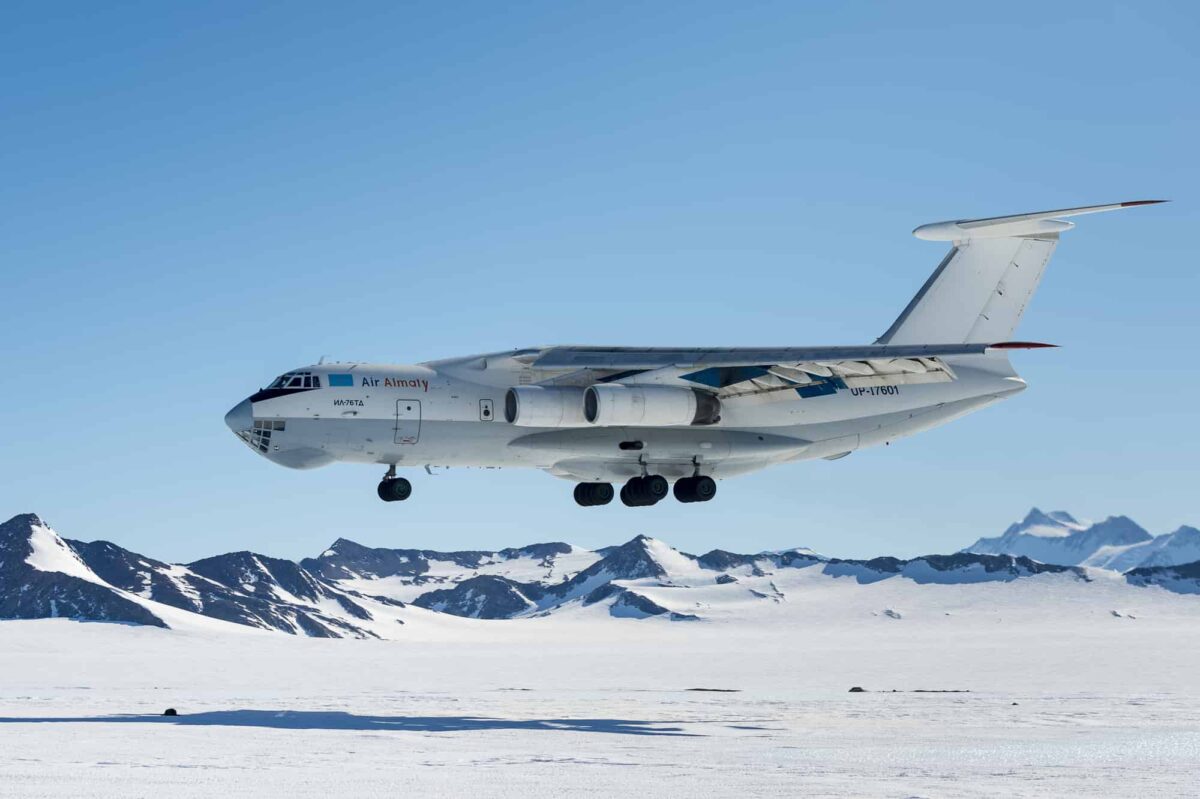
Research planes are aircraft that are used to collect scientific data and do experiments in many different fields, such as meteorology, atmospheric chemistry, oceanography, and geology. Most of the time, these planes come with a variety of specialized instruments and sensors that are used to measure and analyze different parts of the Earth’s atmosphere, oceans, and land surfaces.
The NASA DC-8 is an example of a research plane. It is a large jet with four engines that is often used for a wide range of scientific research missions. The DC-8 has a number of specialized instruments and sensors, like radar, cameras, and spectrometers, that are used to study the Earth’s atmosphere, oceans, and land surfaces.
The NASA P-3 Orion is another type of research plane. It is a big, four-engine turboprop plane that is often used for missions to study the atmosphere. The P-3 Orion has a number of sensors and instruments, like radar, cameras, and spectrometers, that are used to study the atmosphere and climate of Earth.
Research planes are used to collect scientific data and do experiments in many different places, like the Earth’s atmosphere, oceans, and land surfaces. They have several advantages over research done on the ground, such as being able to reach and study remote or hard-to-reach places, collecting a wide range of data in real time, and doing experiments in a controlled environment.
35. Air Ambulance Planes
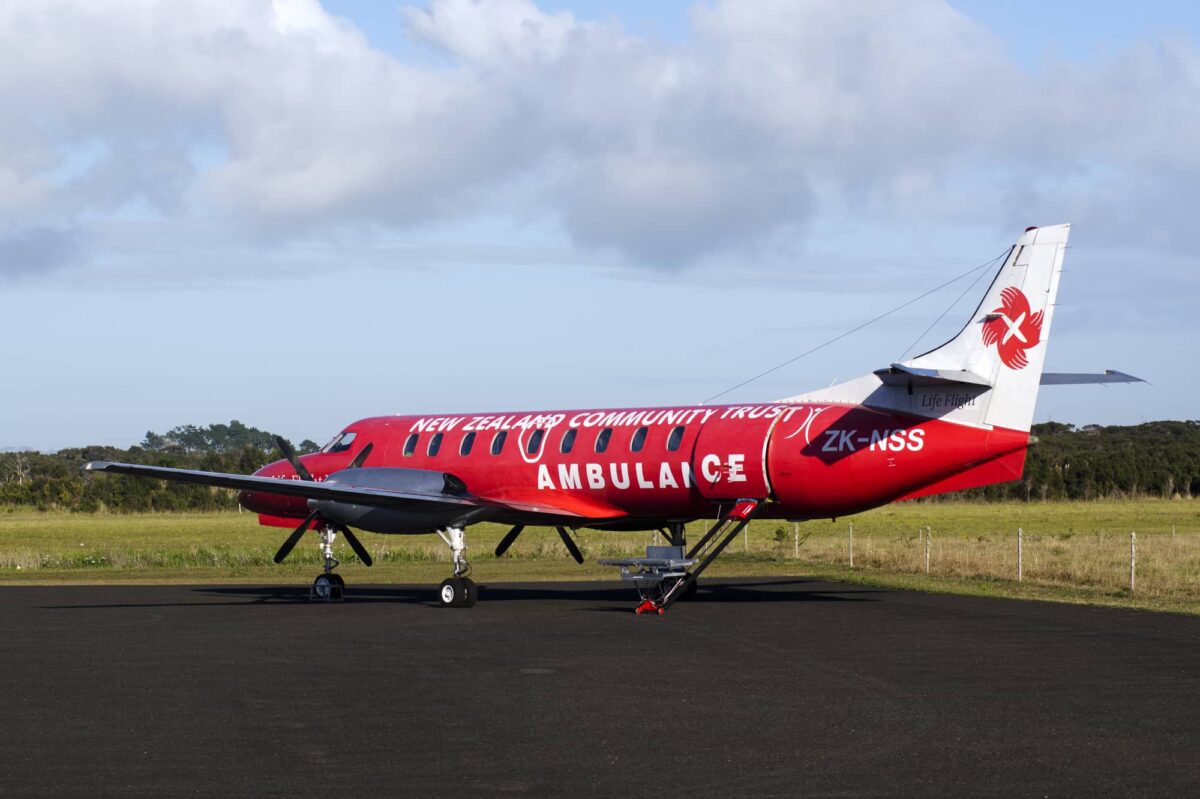
Air ambulances are planes that take people who need medical care to hospitals or other places where they can get it. Most of the time, these planes have specialized medical equipment and trained medical staff on board, like doctors, nurses, and paramedics.
The Pilatus PC-12 is an example of air ambulance plane. It is a single-engine turboprop plane that is often used for air ambulance missions. The PC-12 has a variety of specialized medical equipment, like a ventilator, defibrillator, and oxygen tanks, and it can fit up to one patient and two medical crew members.
Air ambulances take people who need medical care from places like accidents, natural disasters, and medical emergencies to places where they can get it. They have several advantages over ground-based ambulances, such as being able to reach patients in remote or hard-to-reach places, being able to give medical care and other help to patients while transporting them, and being able to respond quickly to changes in the patient’s needs.
36. VTOL Planes
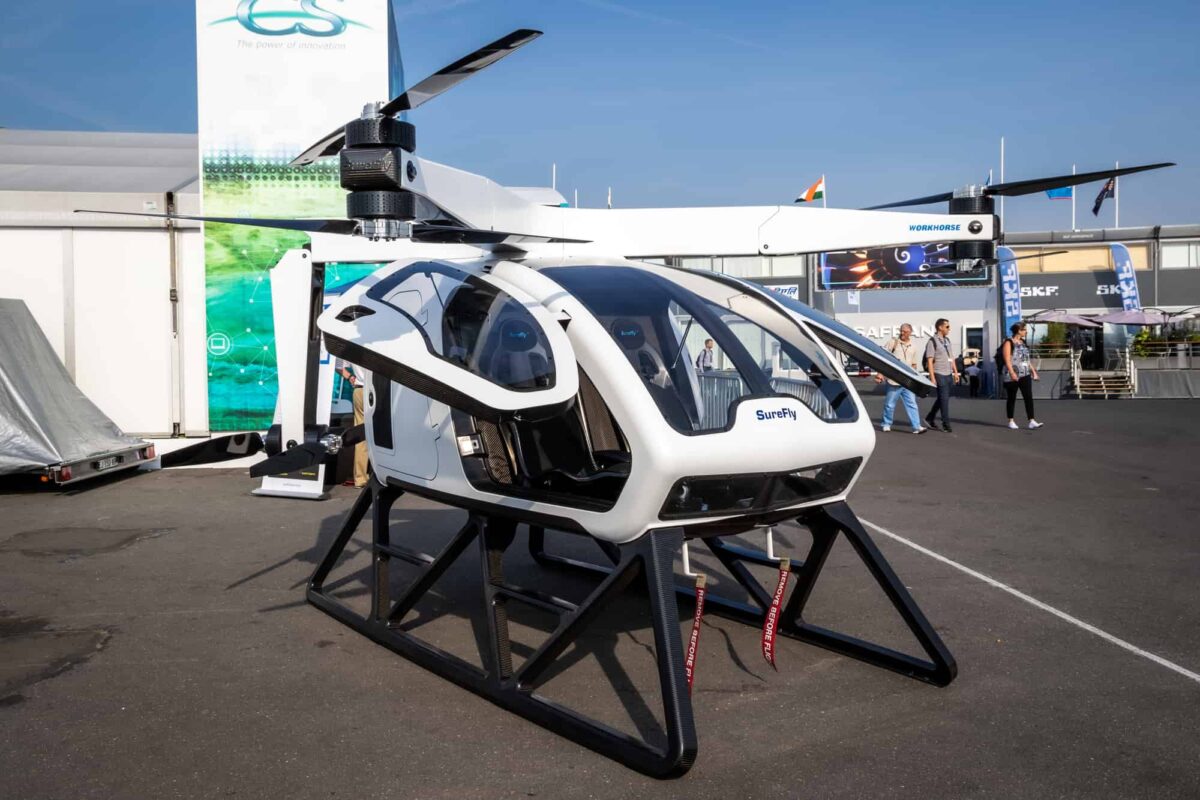
VTOL Planes, which stand for “Vertical Takeoff and Landing,” are planes that can take off and land in the air without a runway. Most VTOL planes have one or more rotors or fans that lift them off the ground and let them hover in the air. They also have wings or other aerodynamic surfaces that let them fly like a regular plane.
The Bell V-280 Valor is an example of a VTOL plane. It is a tiltrotor plane that was made by Bell Helicopter. The V-280 Valor has two rotors that can be turned horizontally for takeoff and landing. Once in the air, it can fly like a regular plane.
The Airbus Vahana is another type of VTOL plane. It is a prototype electric VTOL plane that was made by Airbus. The Vahana has two tiltrotors that let it take off and land vertically. Once it’s in the air, it can fly like a regular airplane.
VTOL planes are used for many different things, like military missions, air taxi services, and moving cargo. They have several advantages over traditional planes, such as the ability to take off and land in tight spaces, the ability to fly in cities, and the possibility of making less noise and releasing less pollution. Check out my article about needing a license to fly an air taxi VTOL plane.
37. Spaceplanes
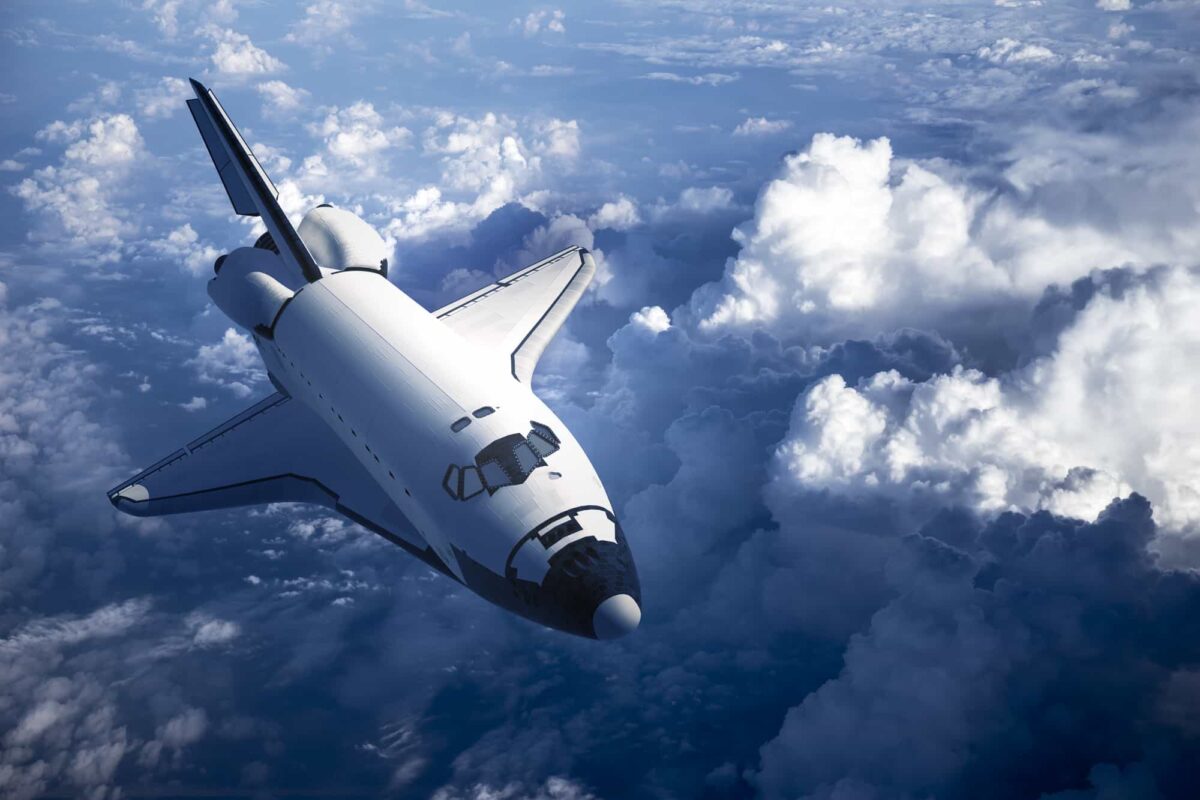
A spaceplane is a type of plane that can fly both in the air around the Earth and in space. Spaceplanes are usually sent into space on top of a rocket. When they come back to Earth, they can land on a runway just like a regular airplane.
The Space Shuttle is an example of a spaceplane. It is a reusable spacecraft that was made by NASA and used for many things, like building and fixing the International Space Station and launching satellites. The Space Shuttle went into space on top of a rocket and landed on a runway just like a regular airplane.
The X-37B is another type of spaceplane. It is a reusable spacecraft that is built and run by the U.S. Air Force. The X-37B is sent into space on a rocket, and it can come back to Earth and land on a runway like a regular plane.
Spaceplanes have many advantages over traditional spacecraft. For example, they can be used more than once, they can carry a bigger payload, and they can land on a runway like a regular airplane.
That’s a Wrap – Departing Notes
The aviation realm is incredibly diverse, featuring everything from small, single-engine propeller planes to vast commercial jets.
This variety reflects the multitude of purposes these aircraft serve. Next time you board a plane, take a moment to appreciate the remarkable engineering and technology that enable such flights.
Did I leave anything out from my list of types of planes? If so, let me know in the comments.